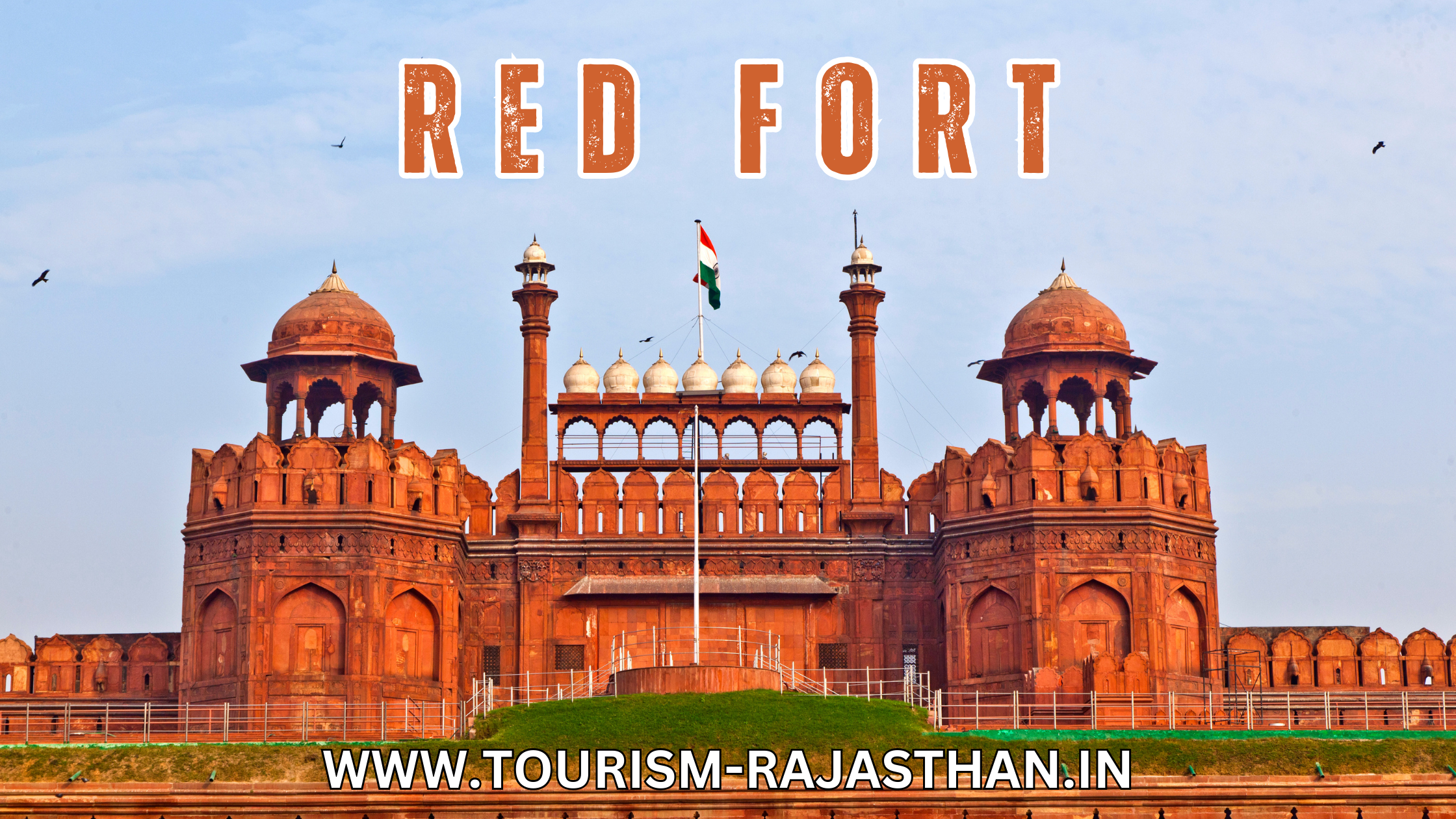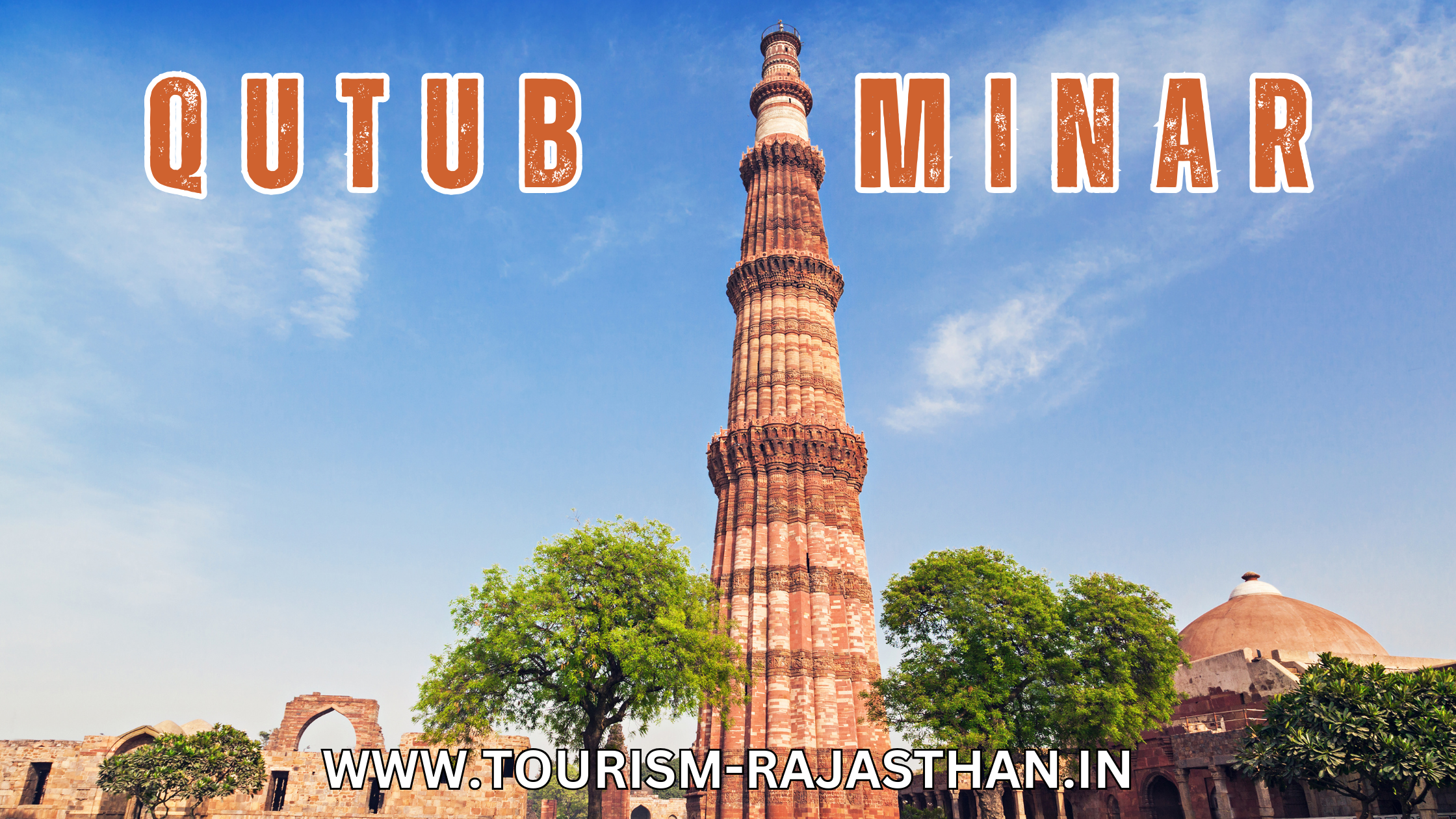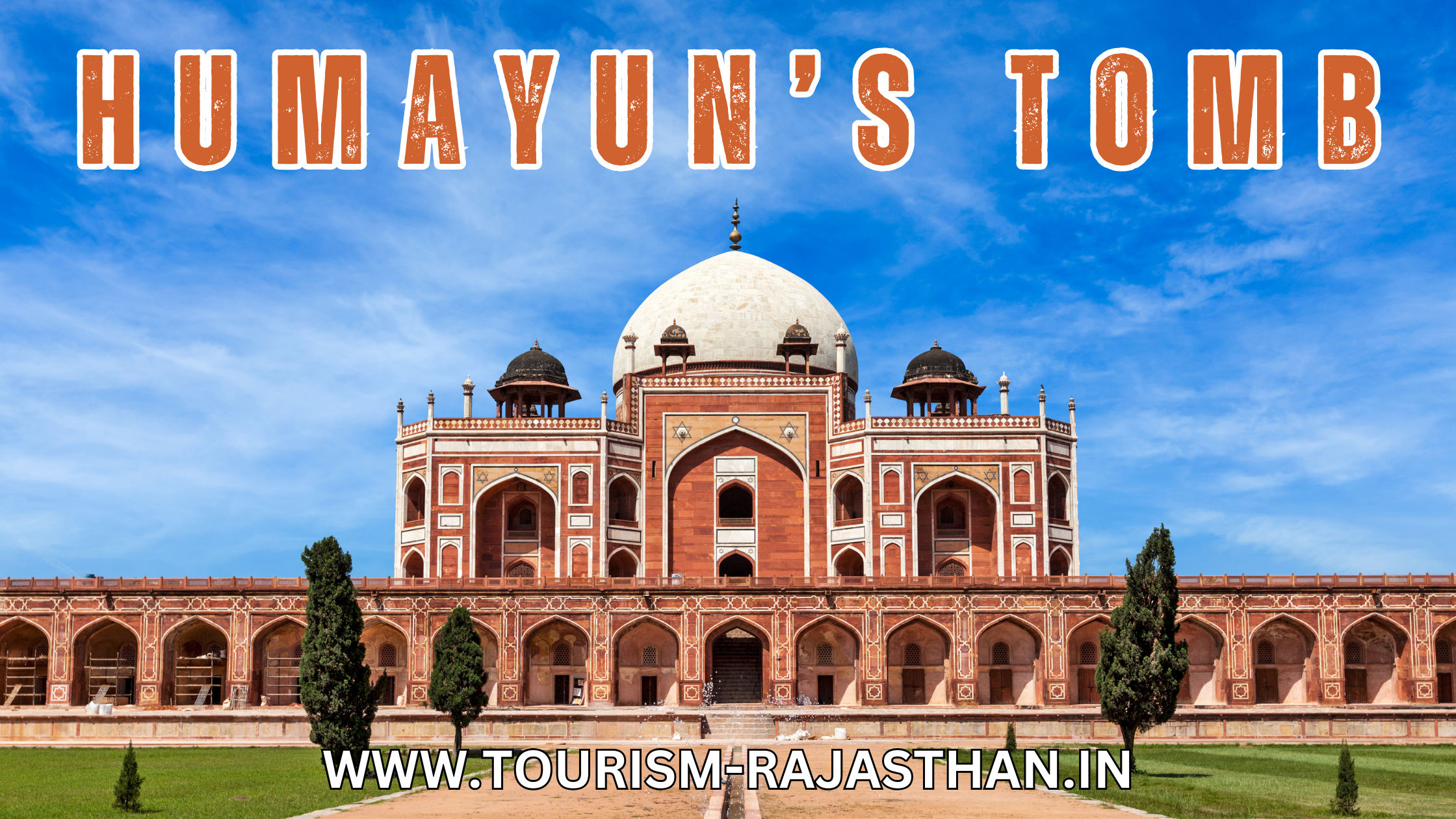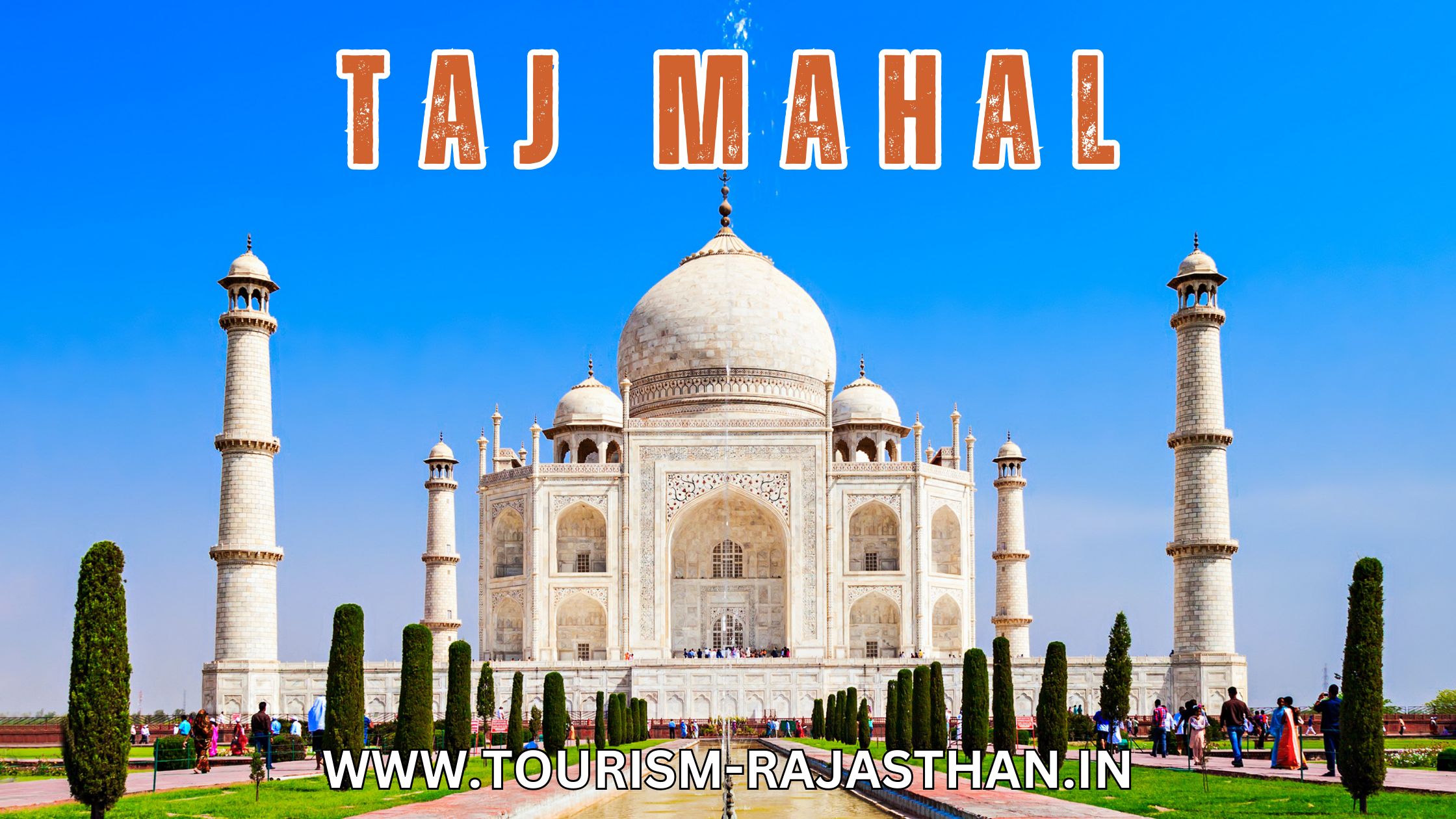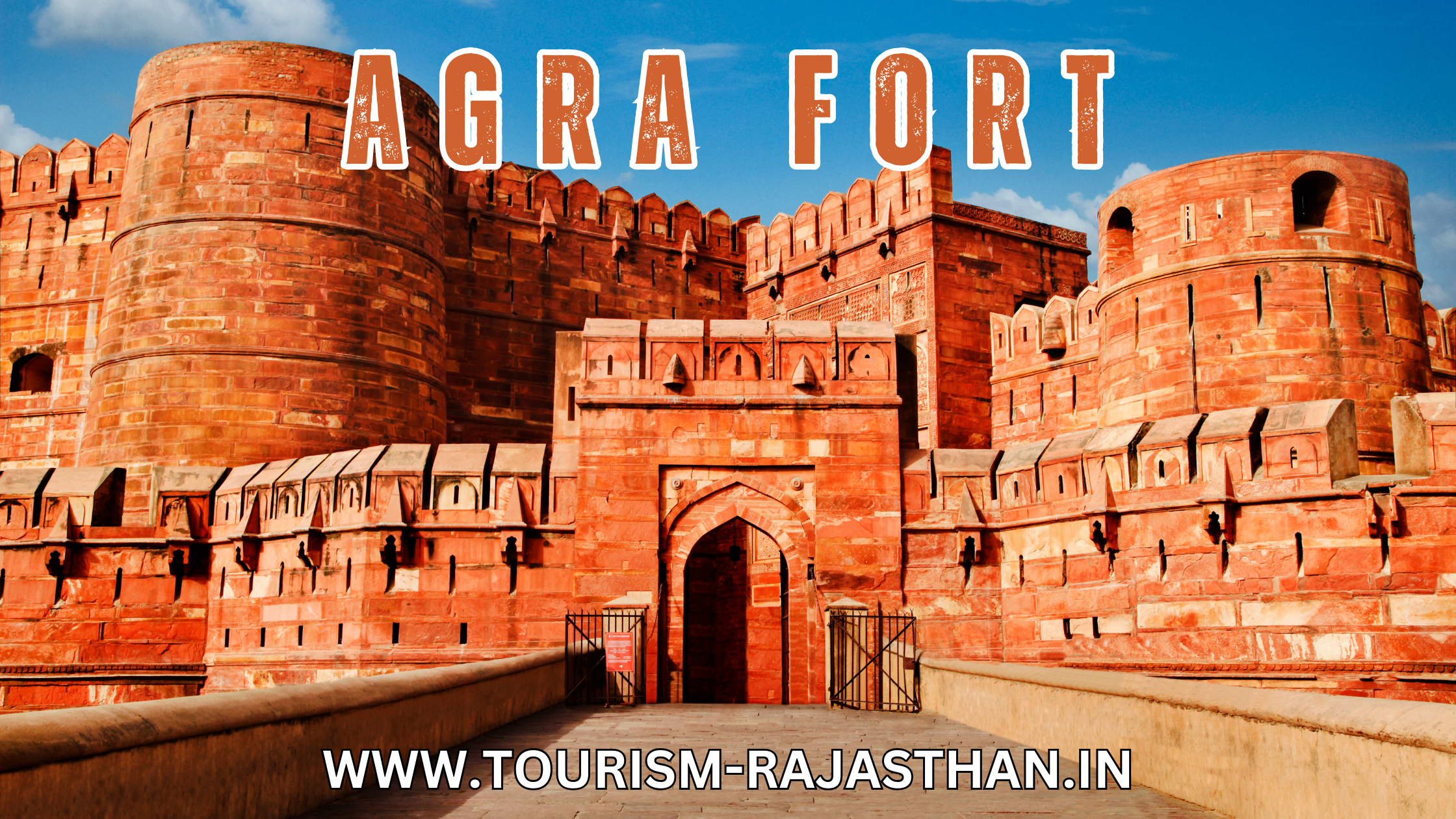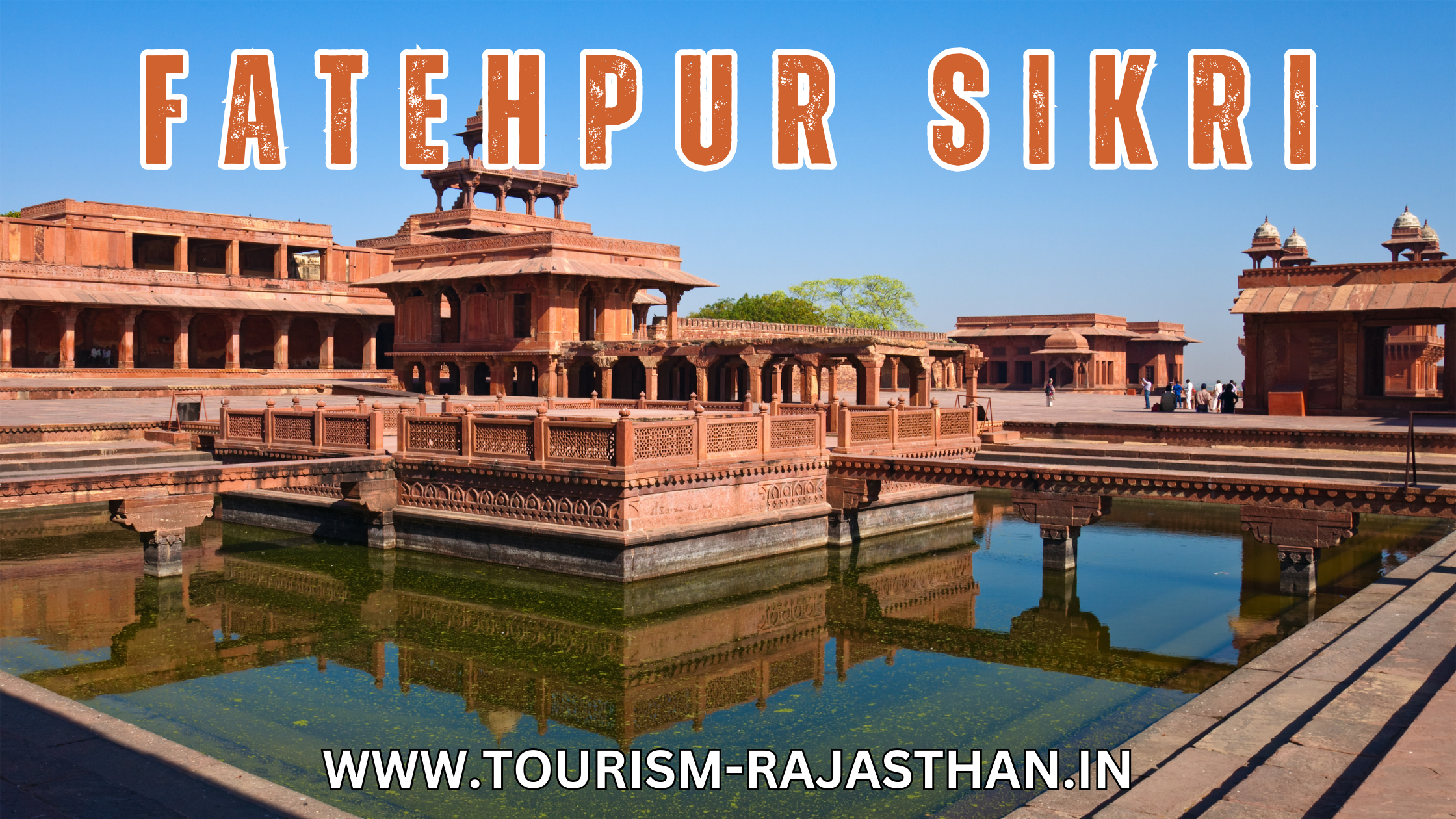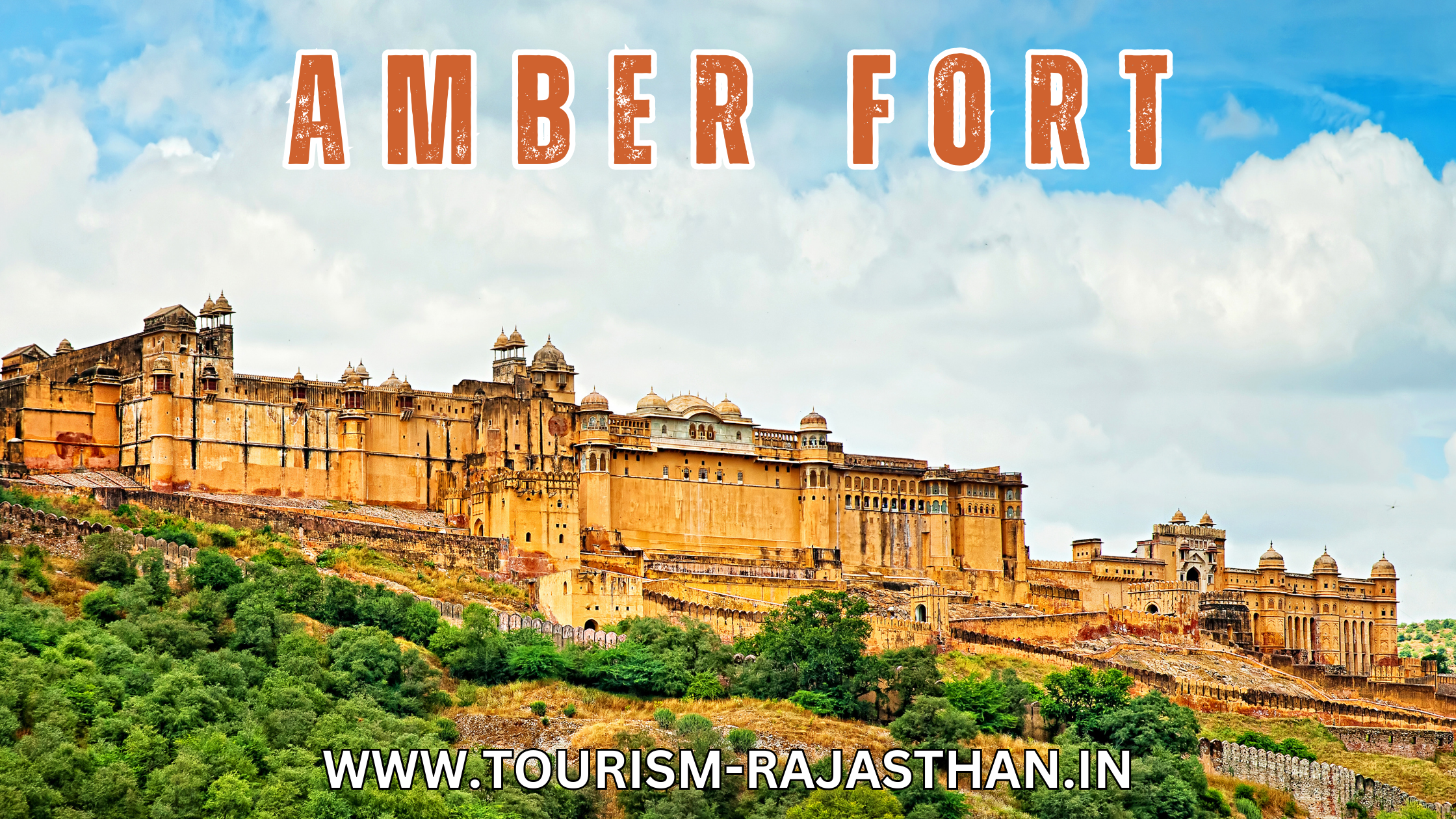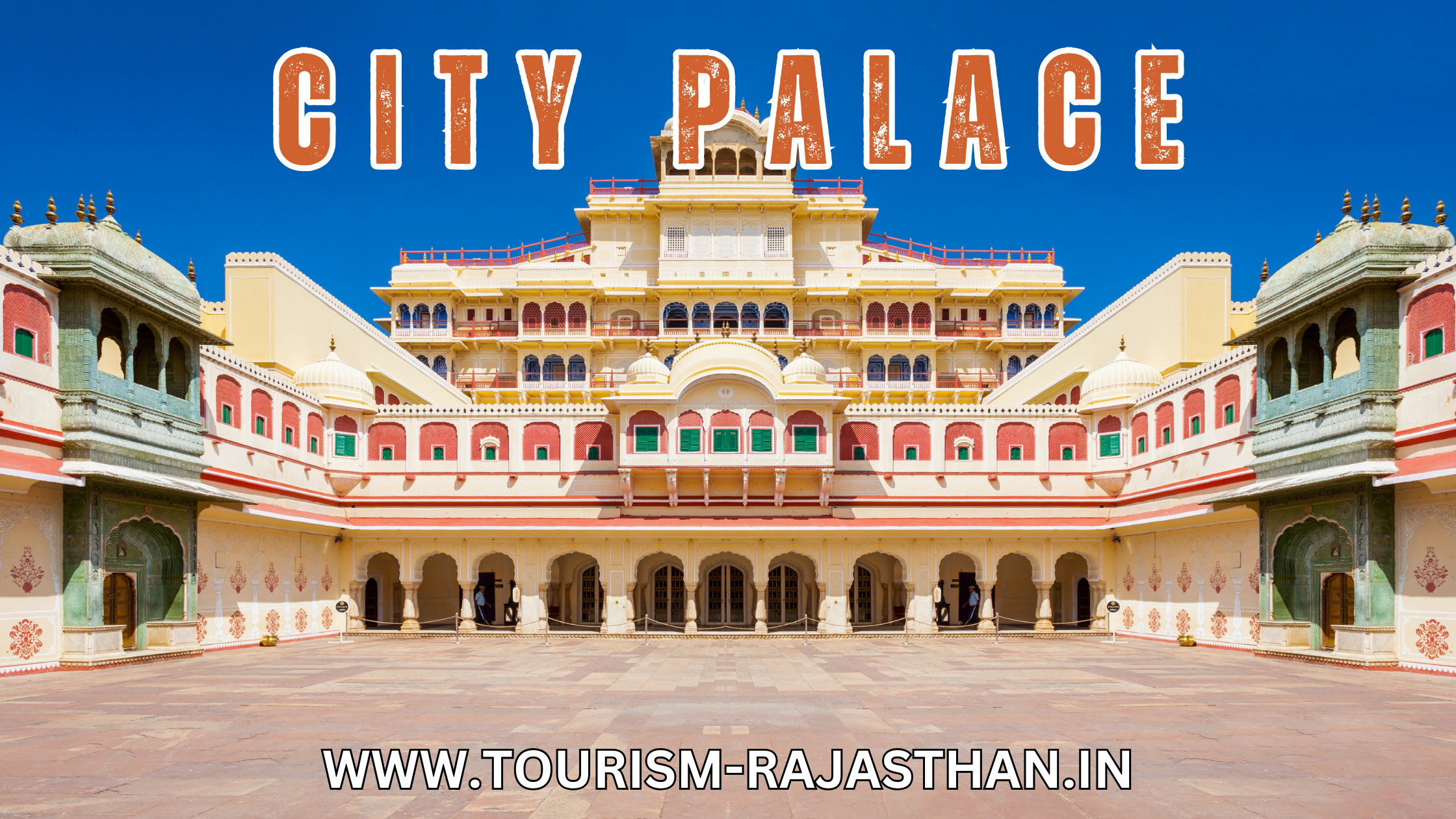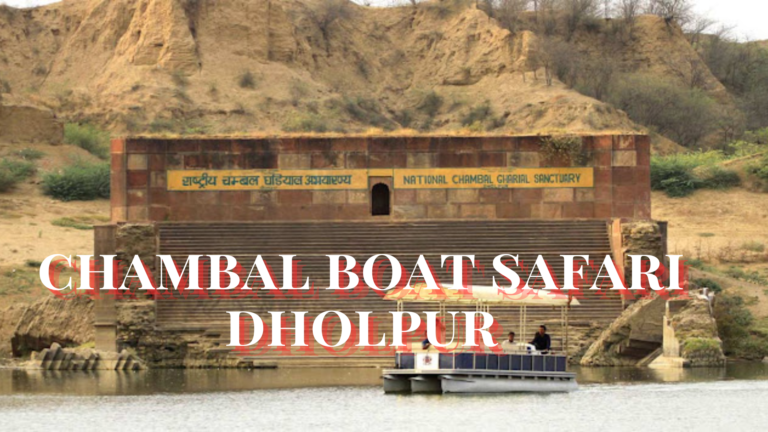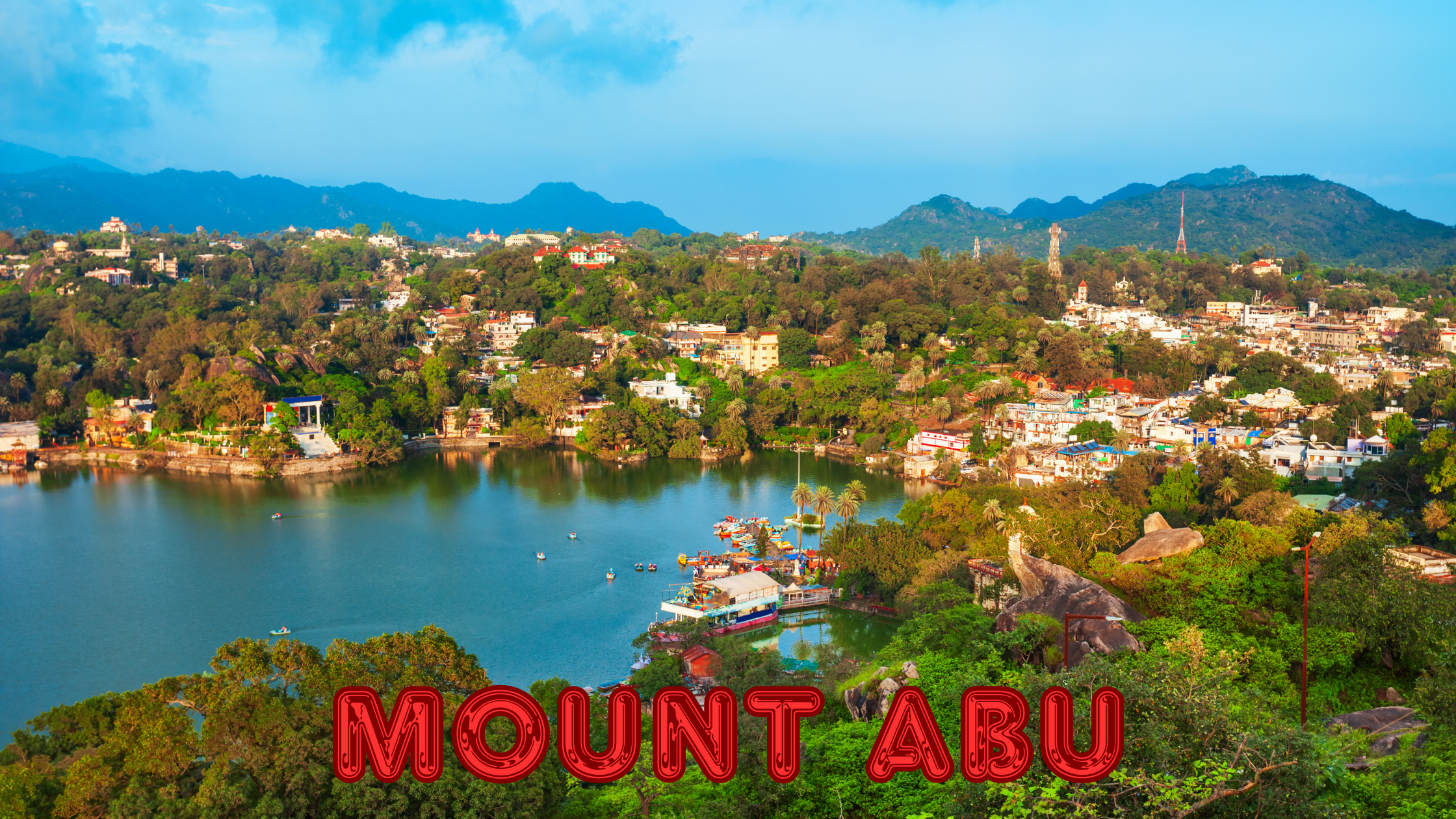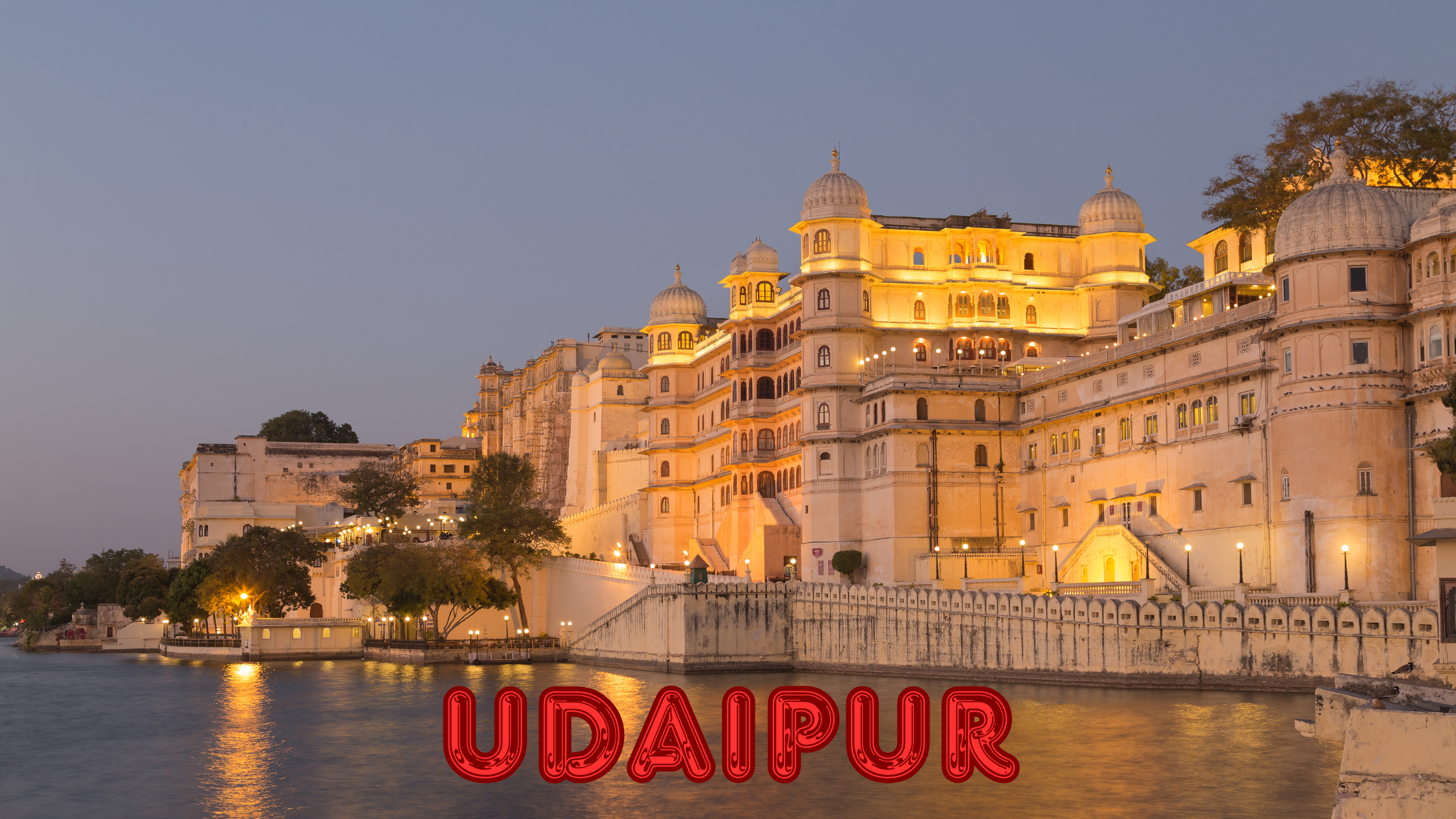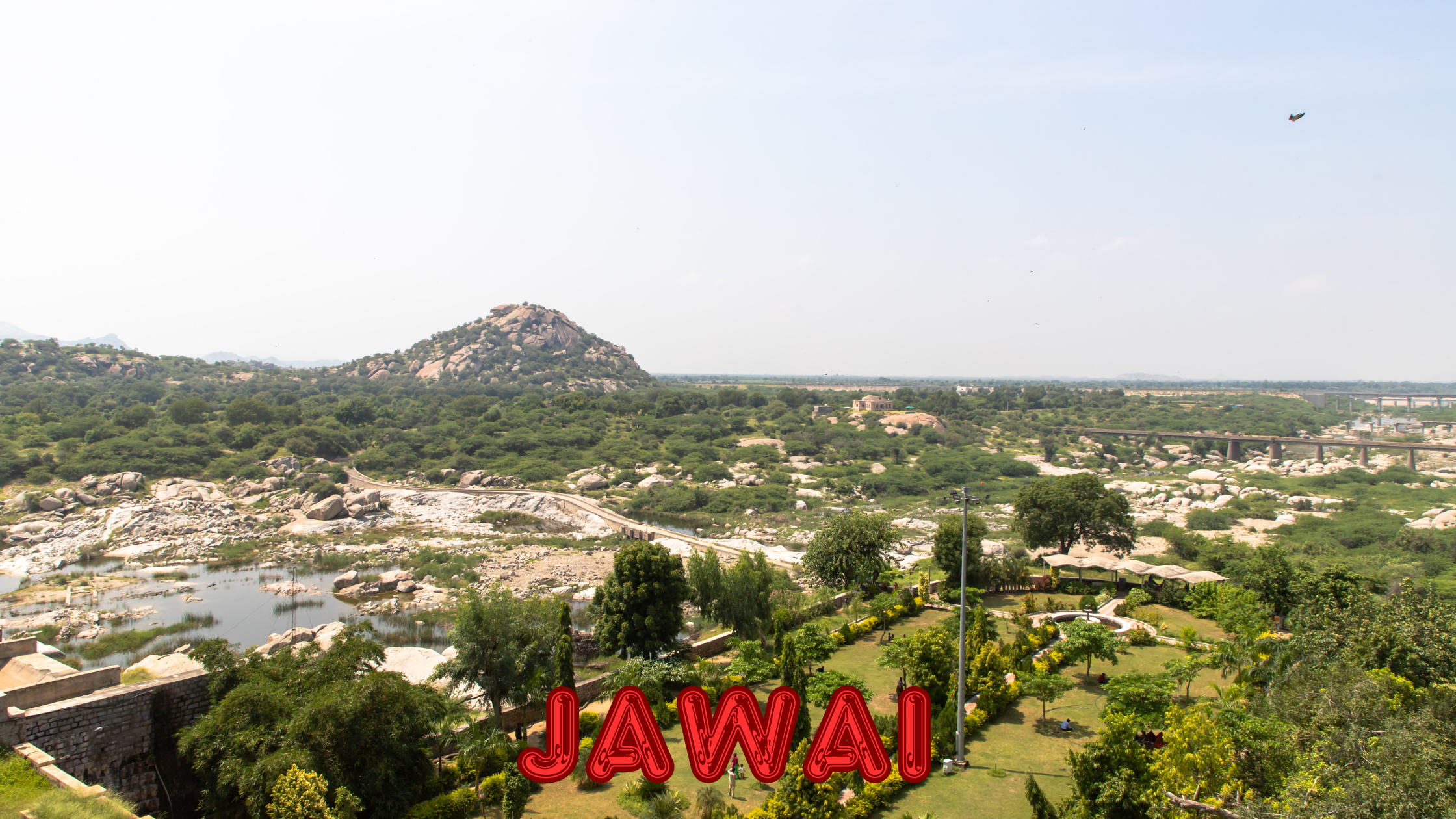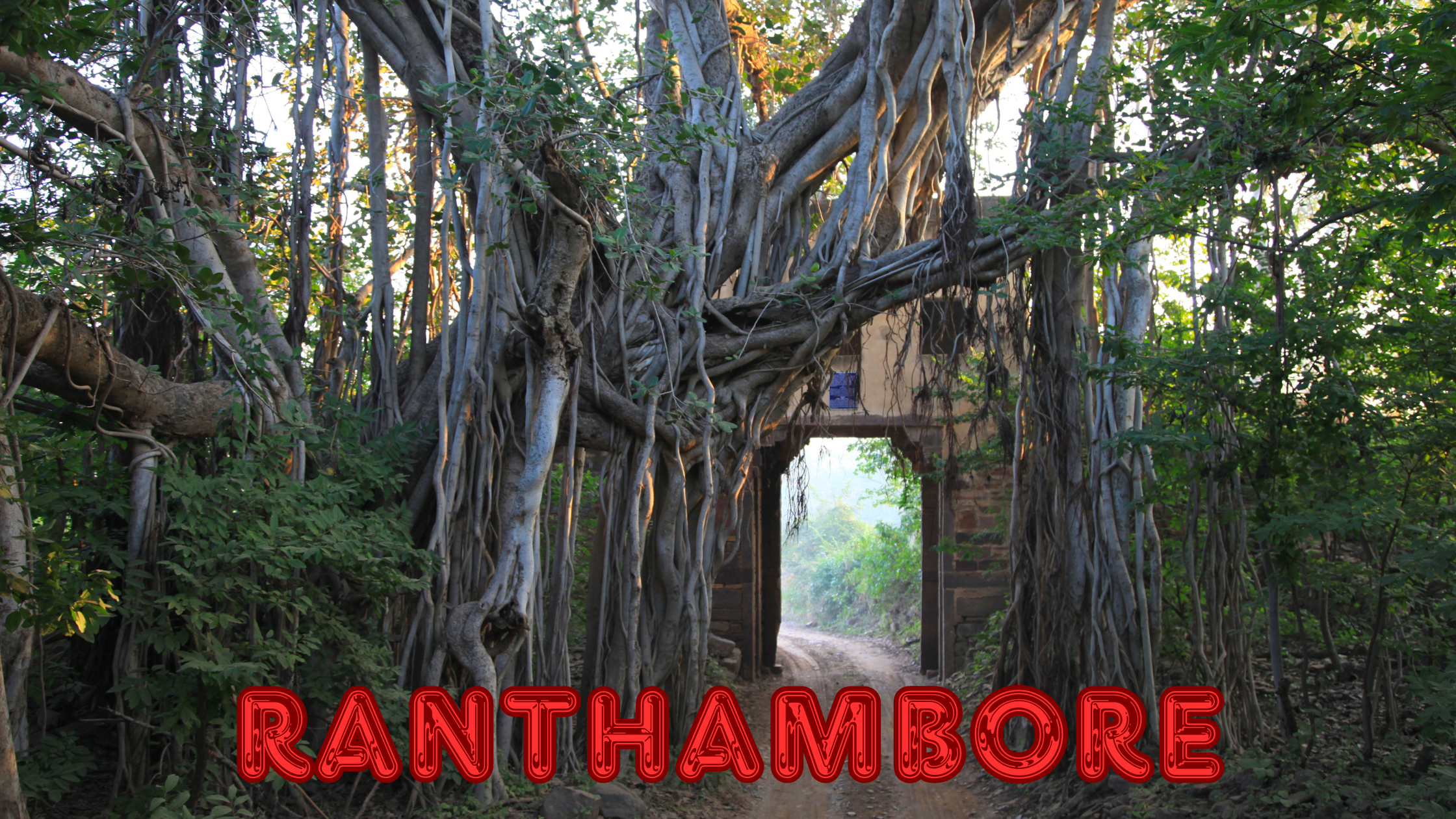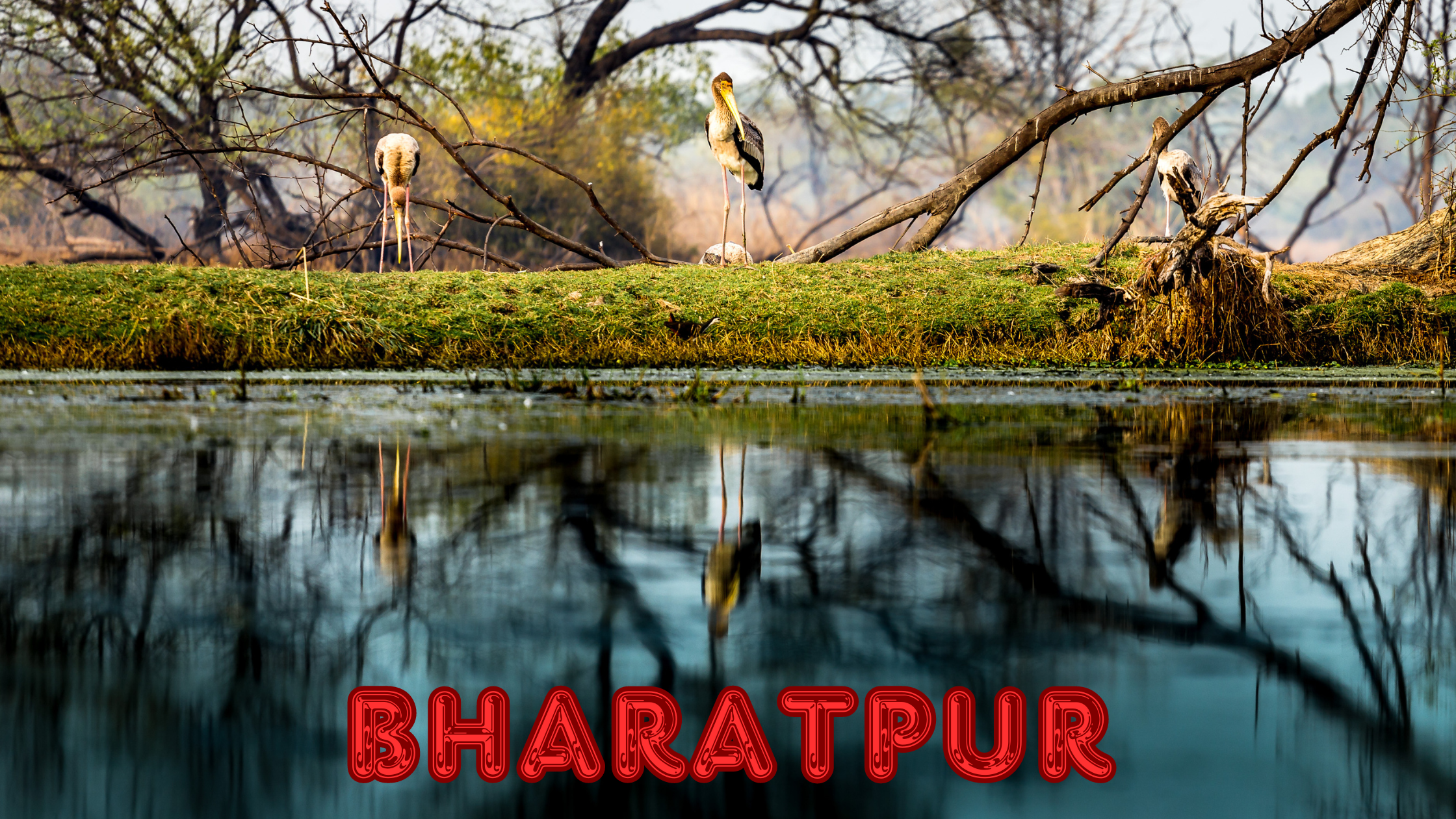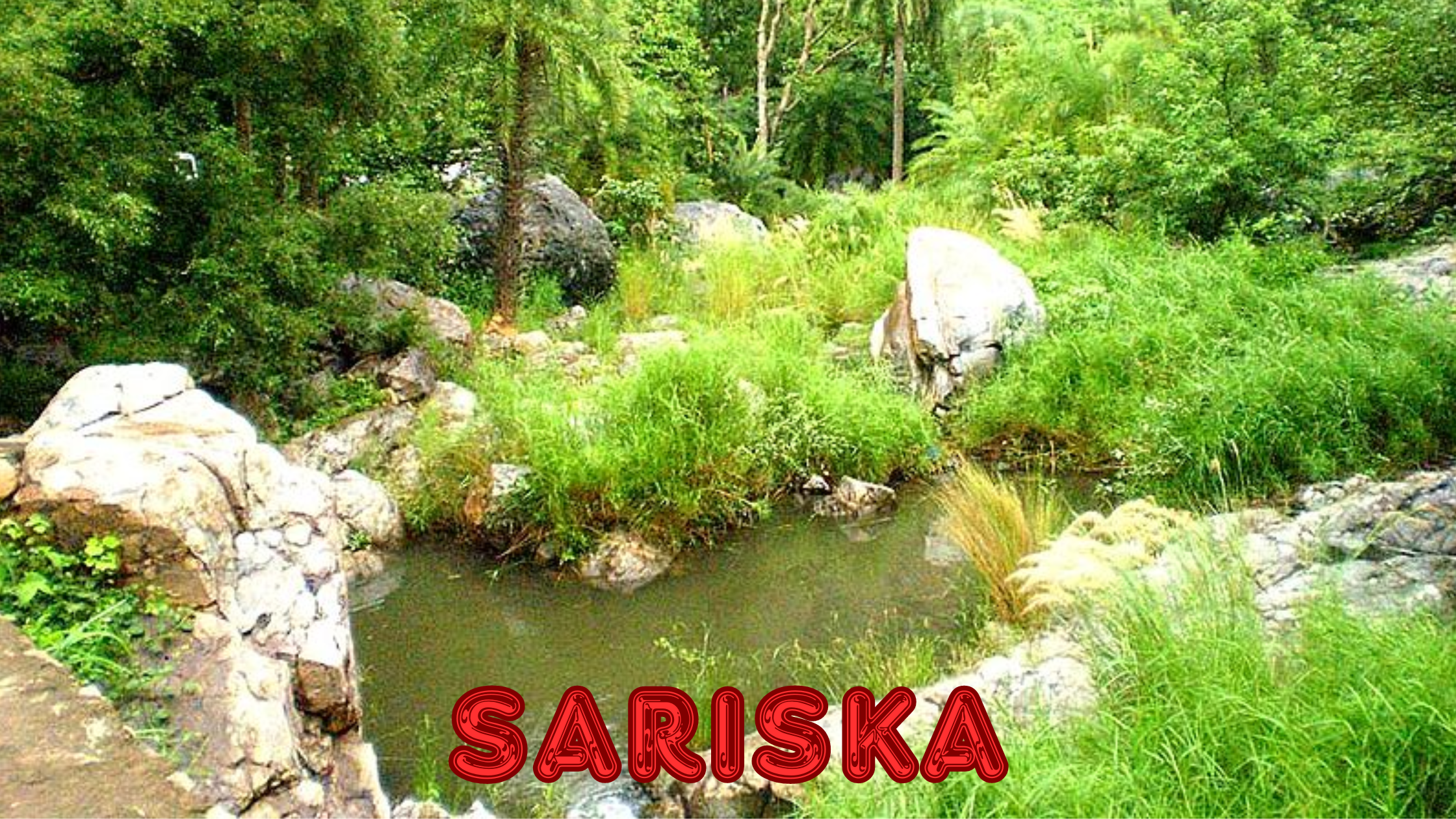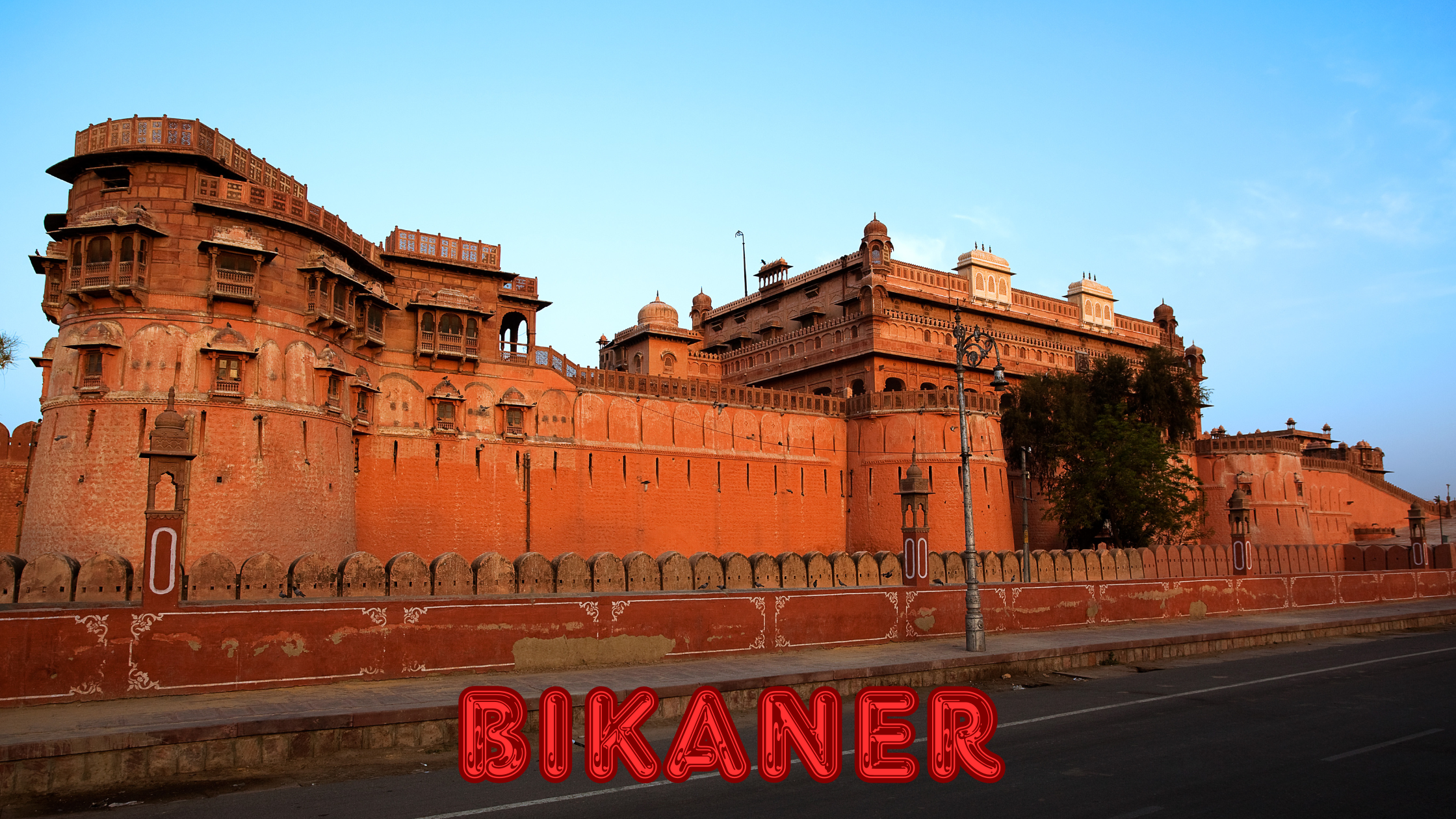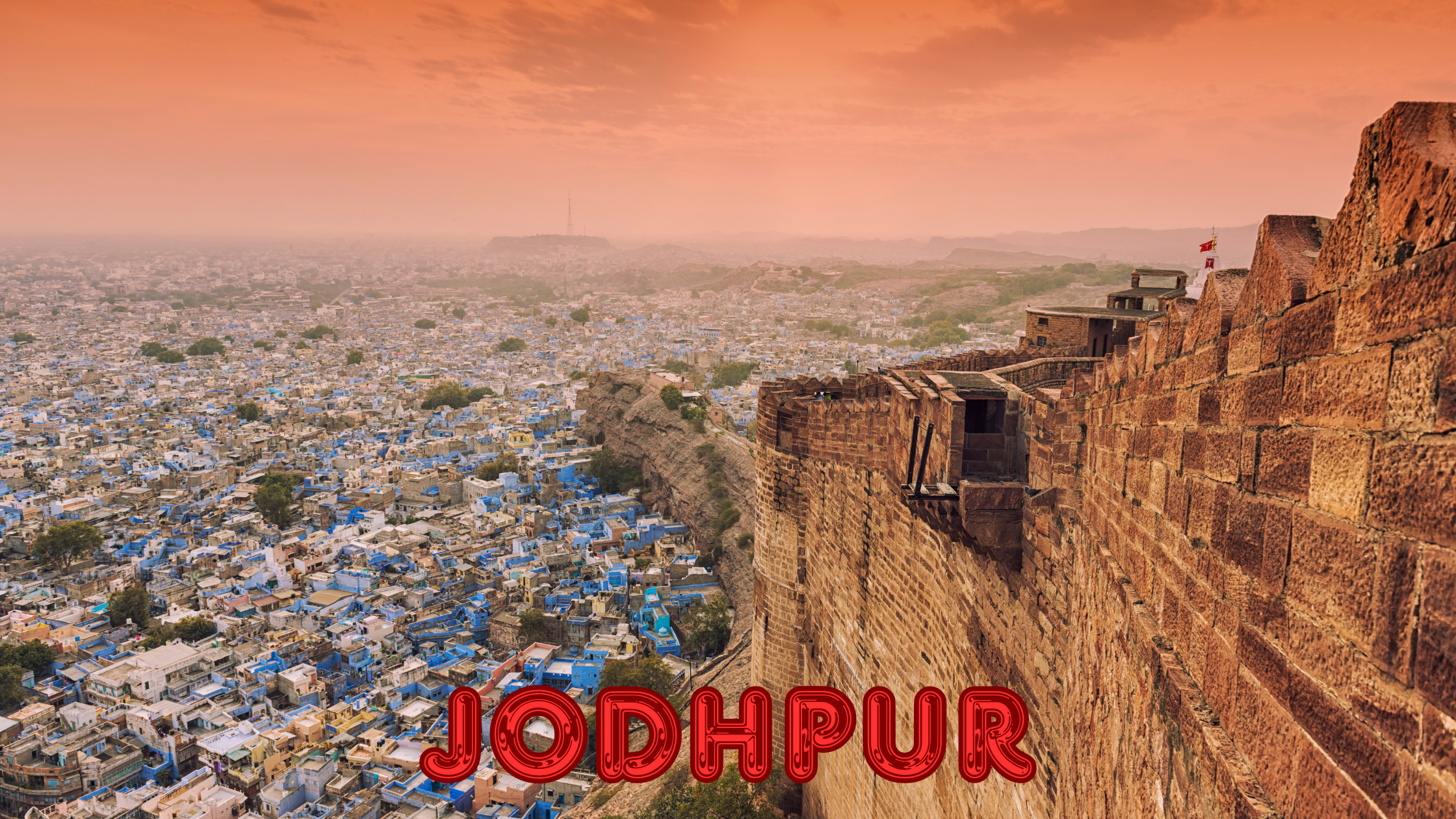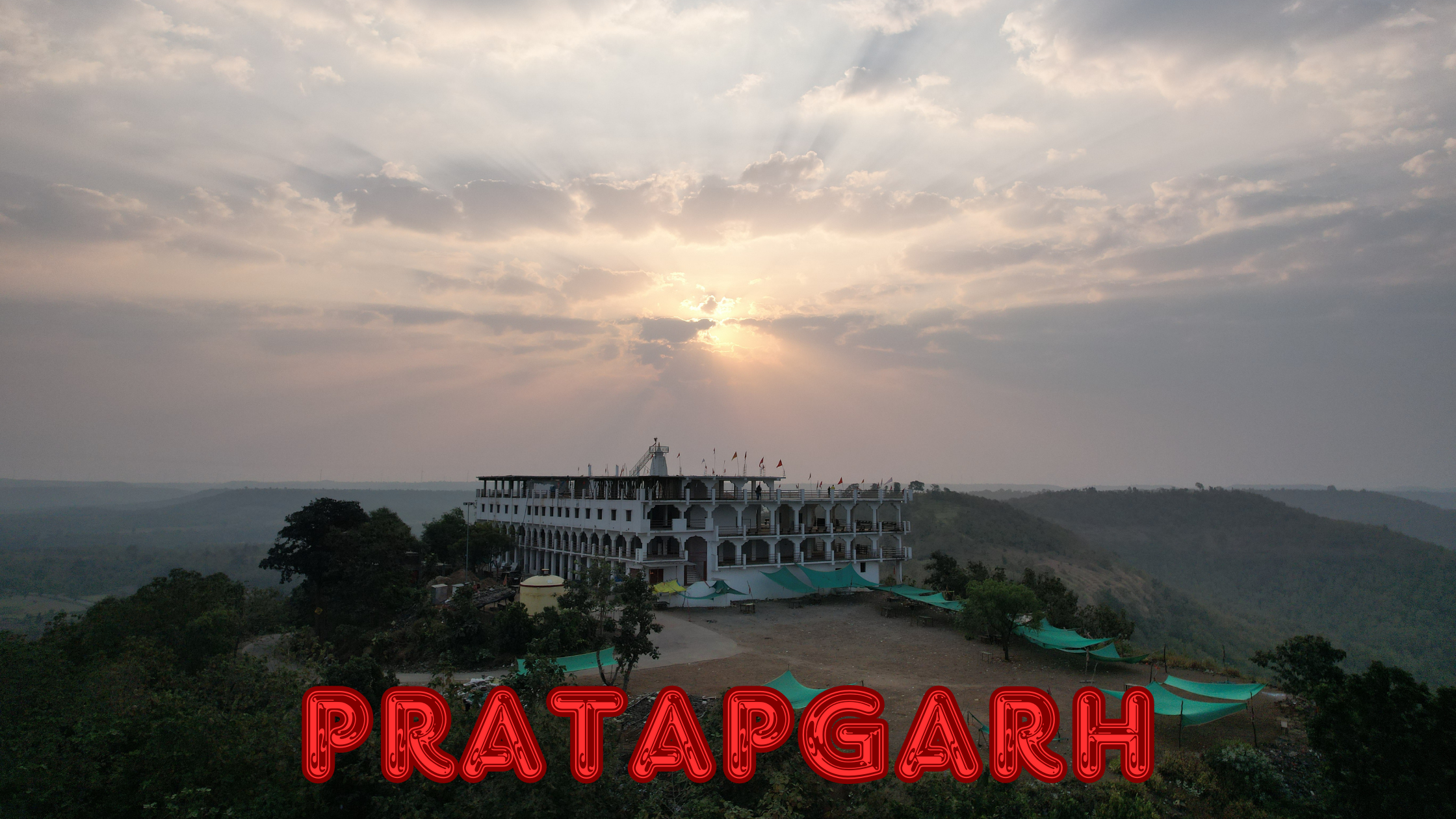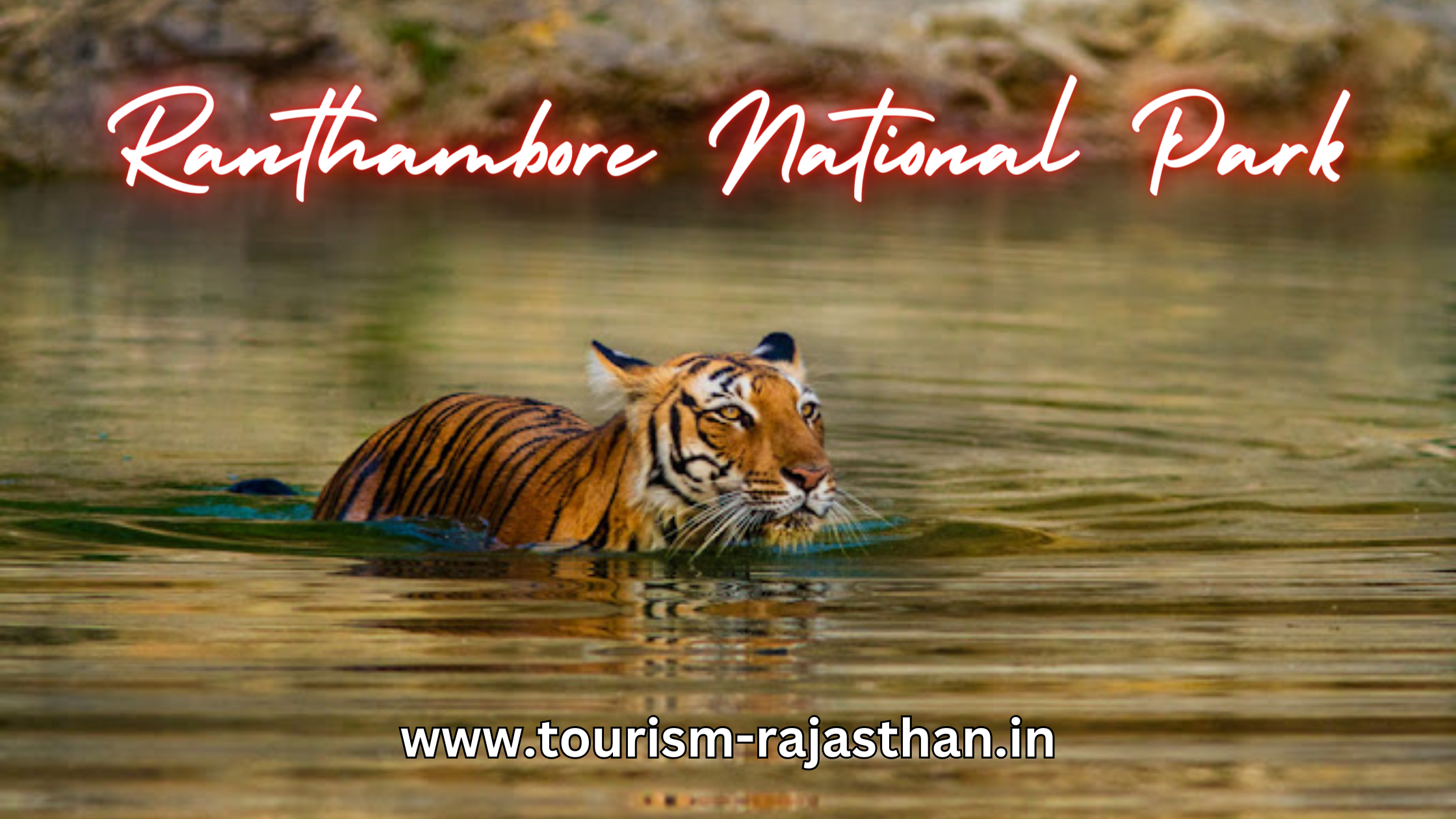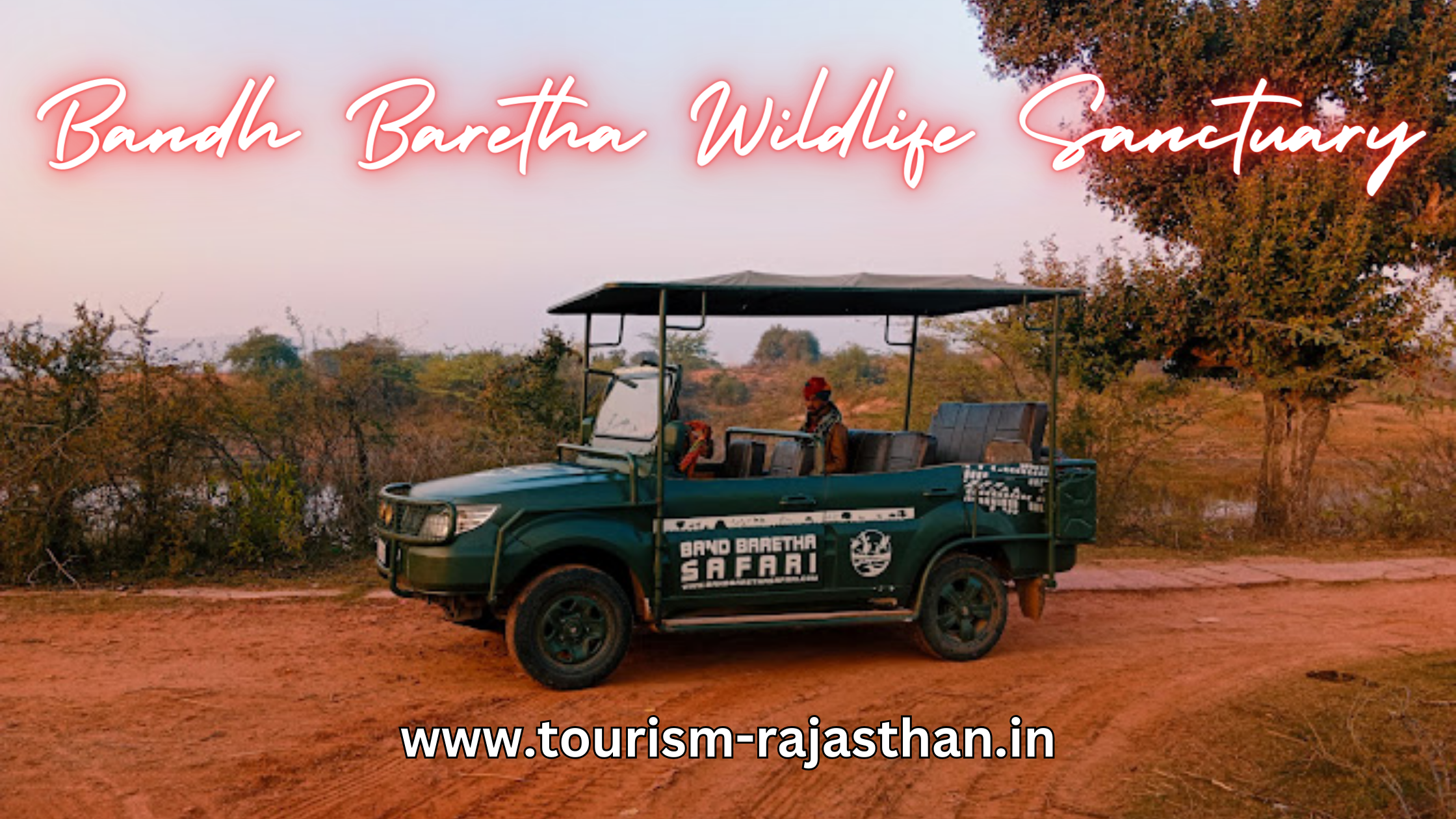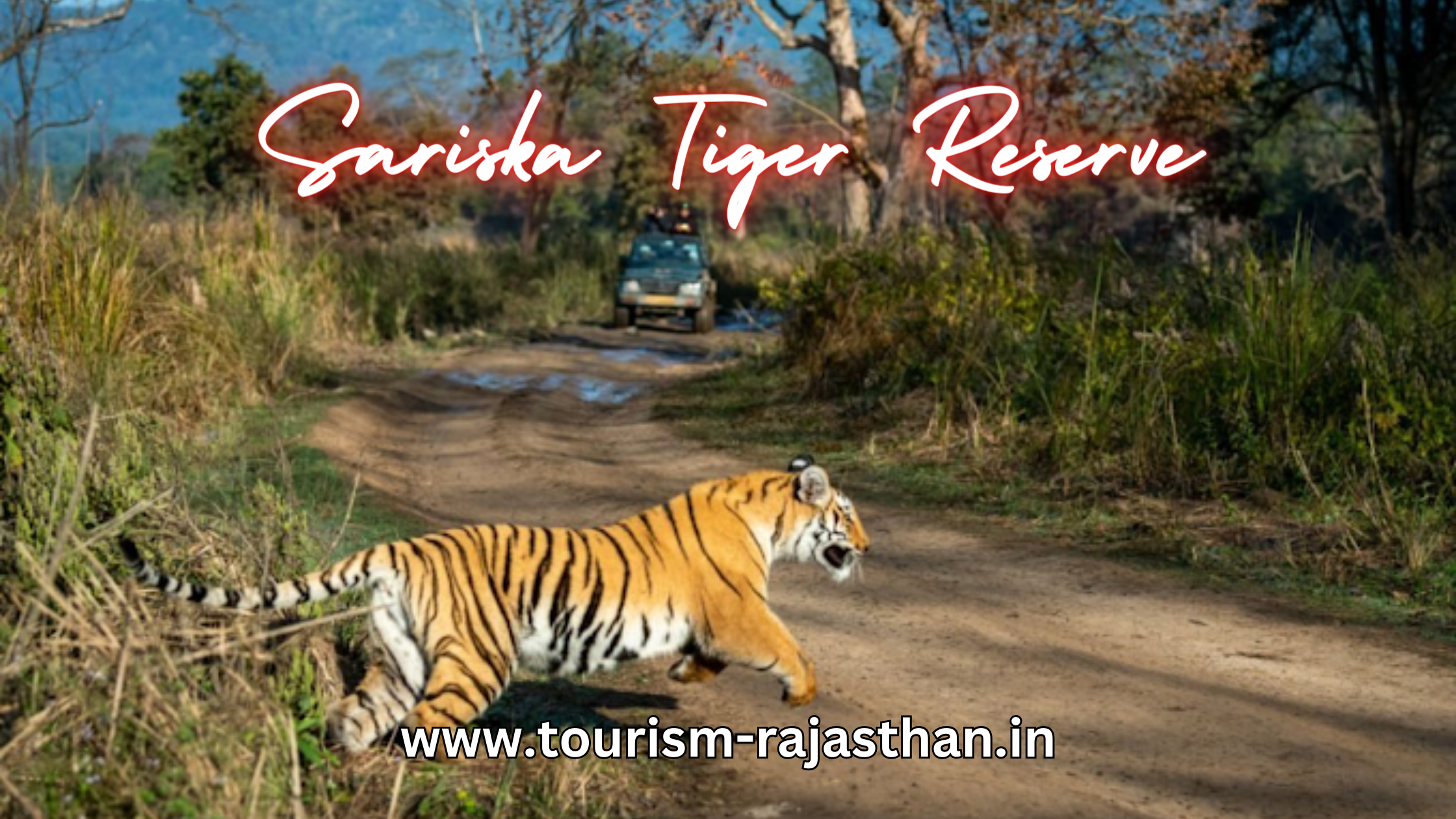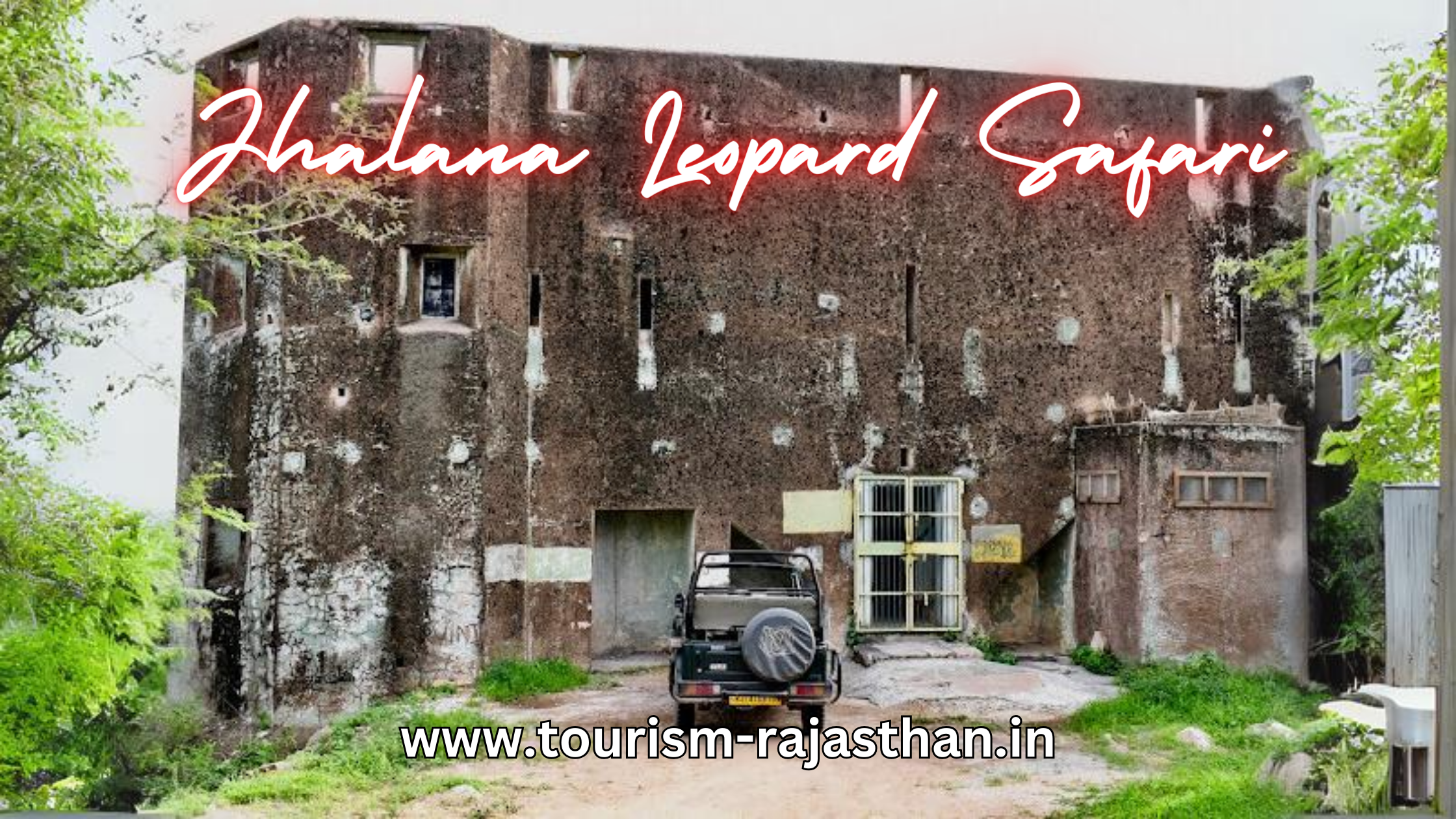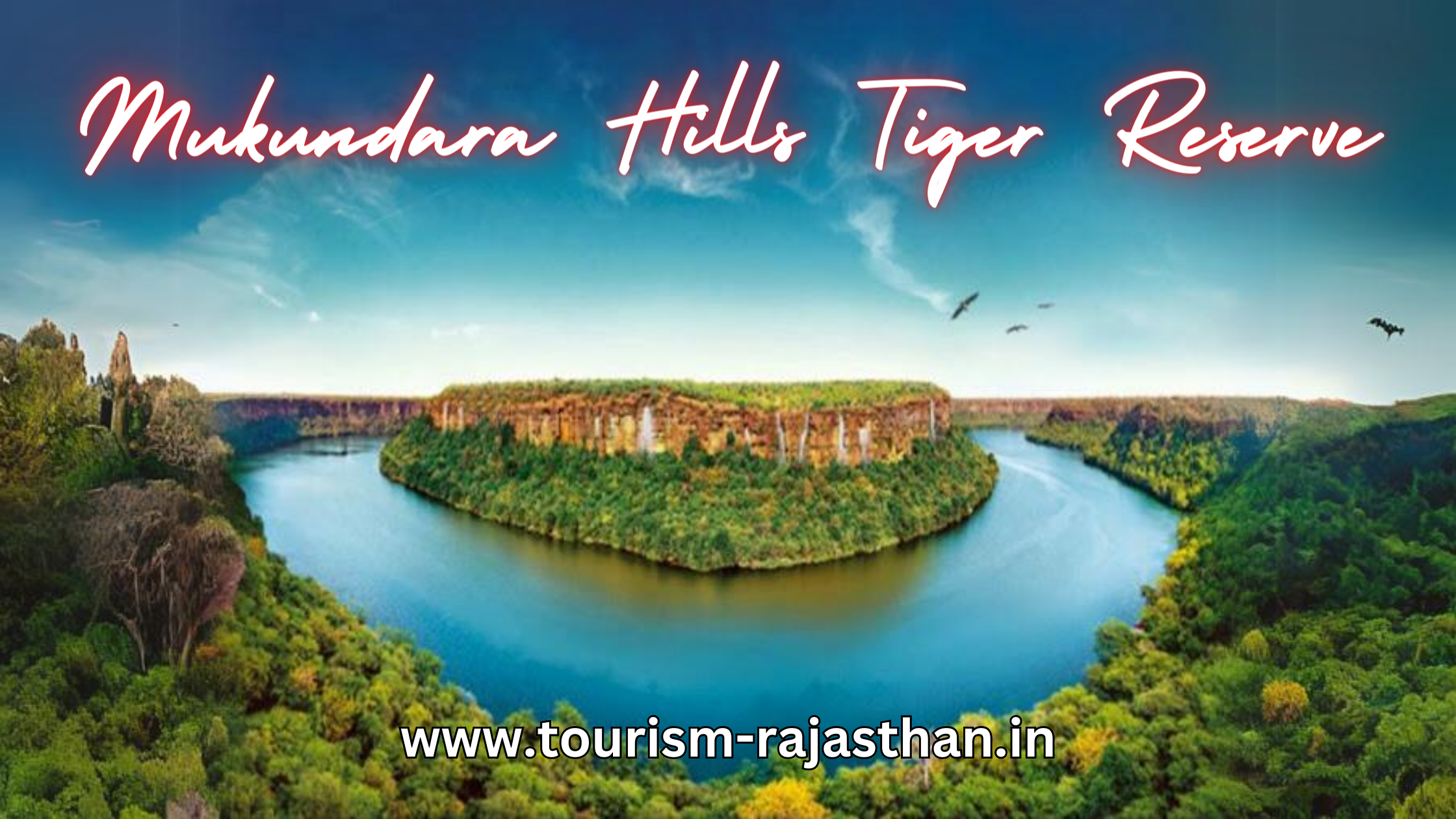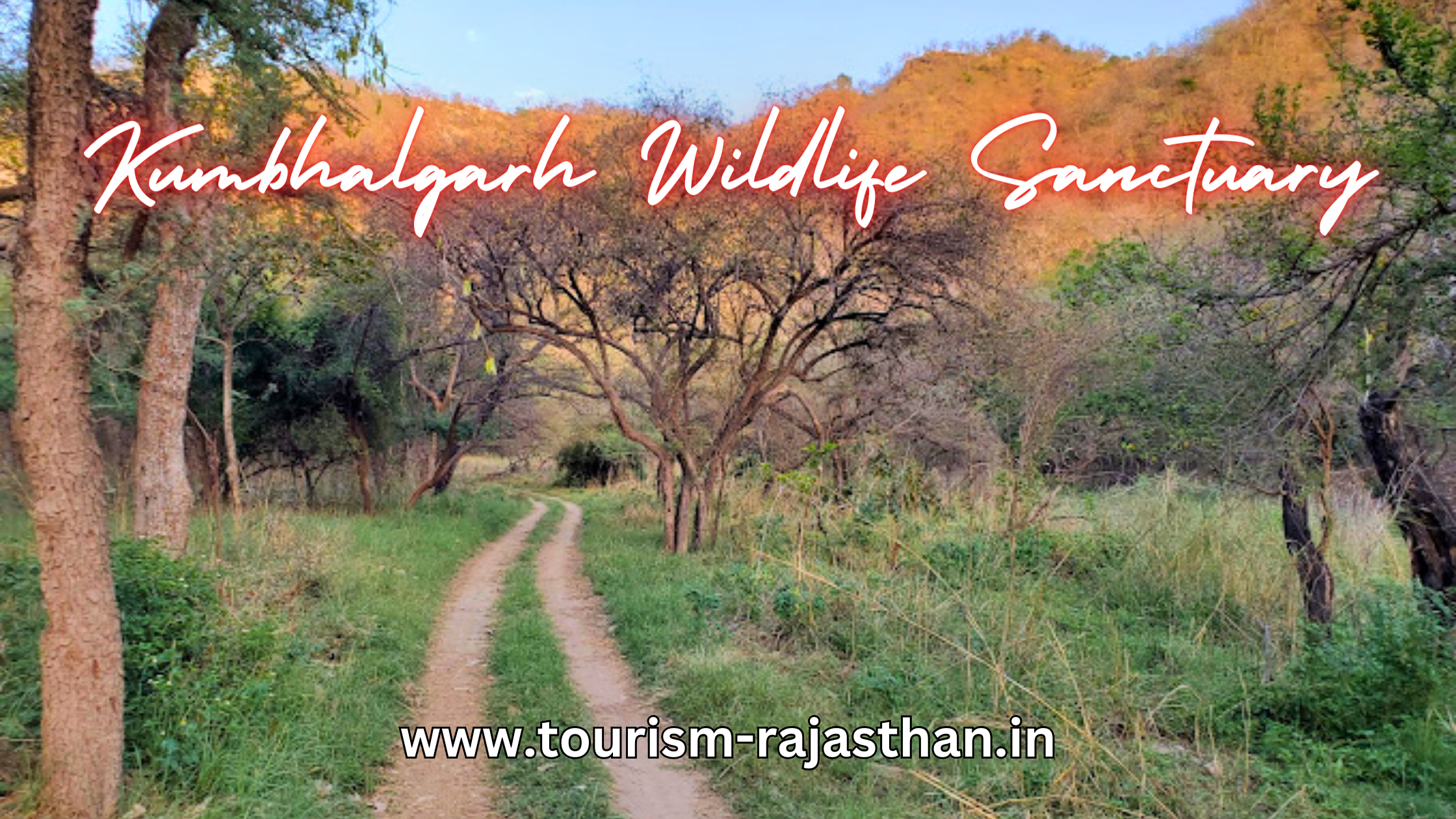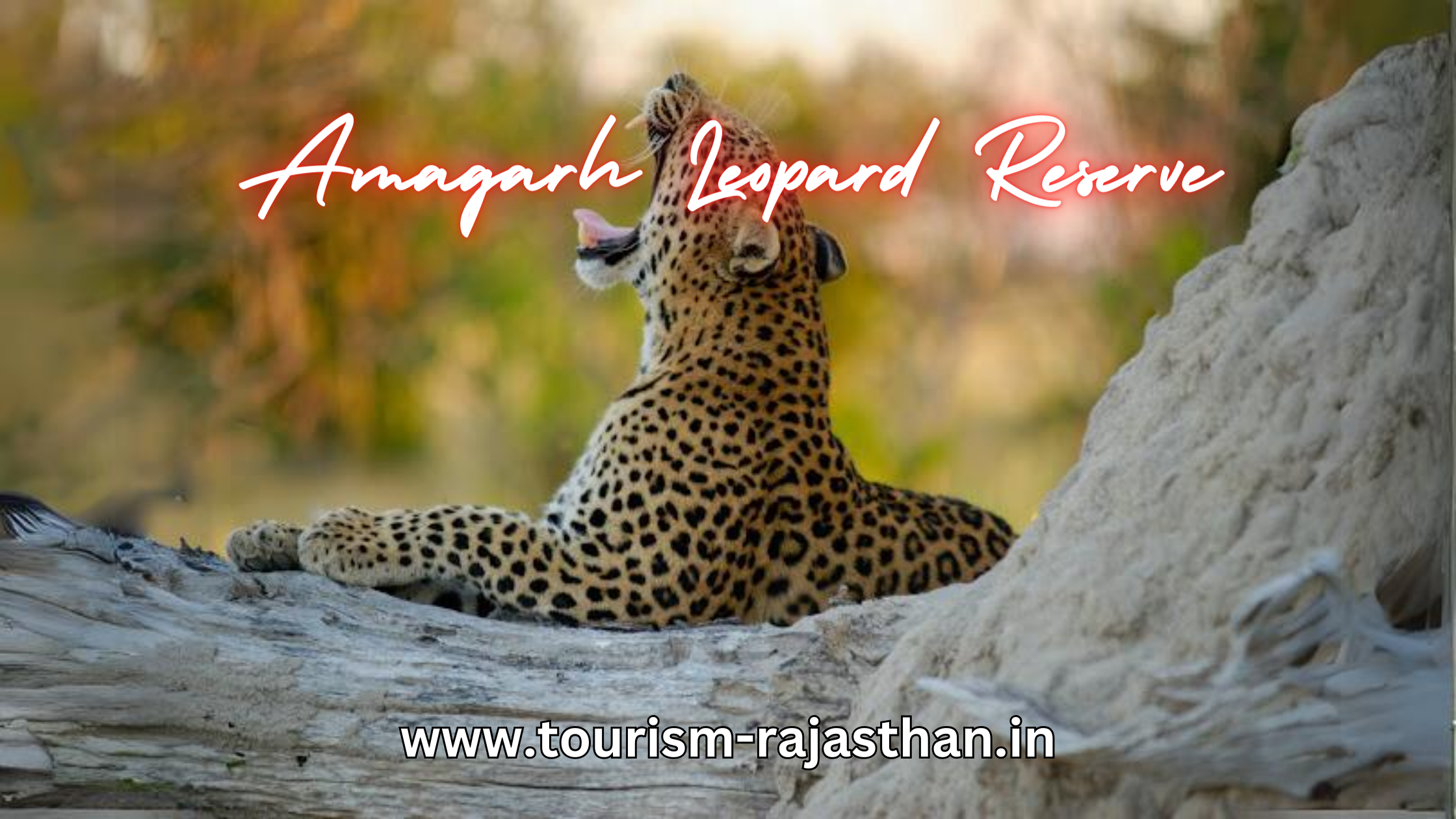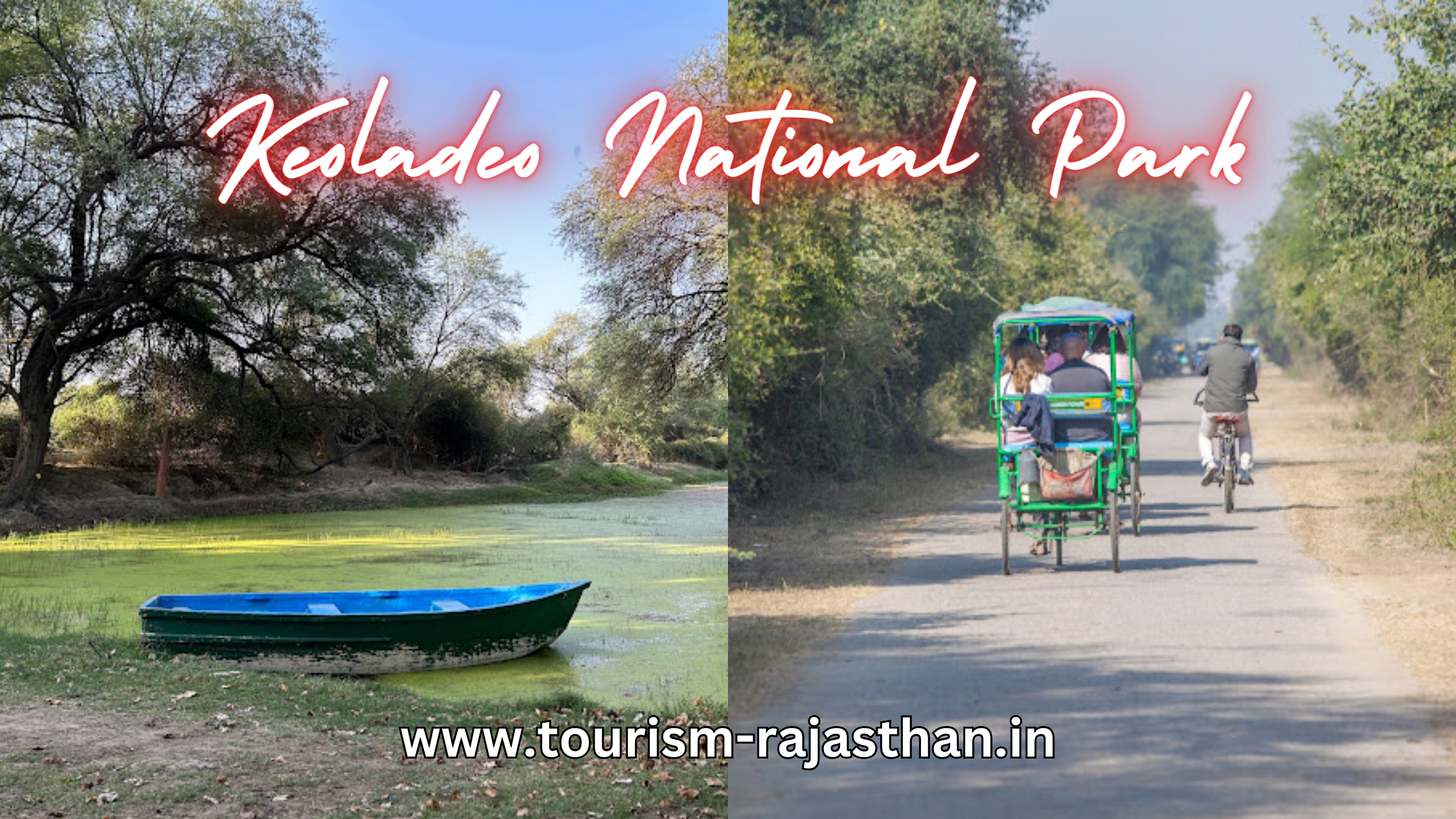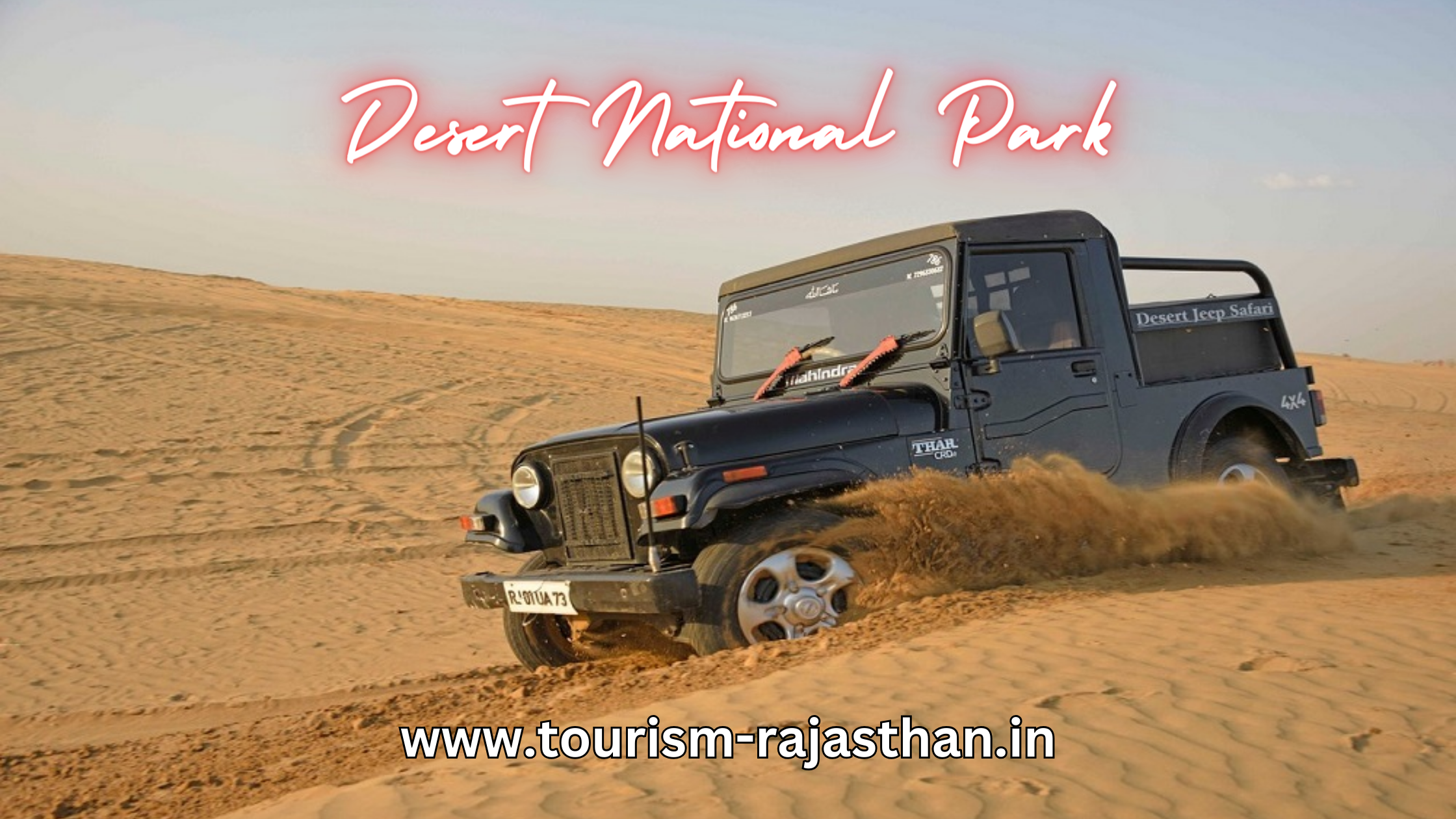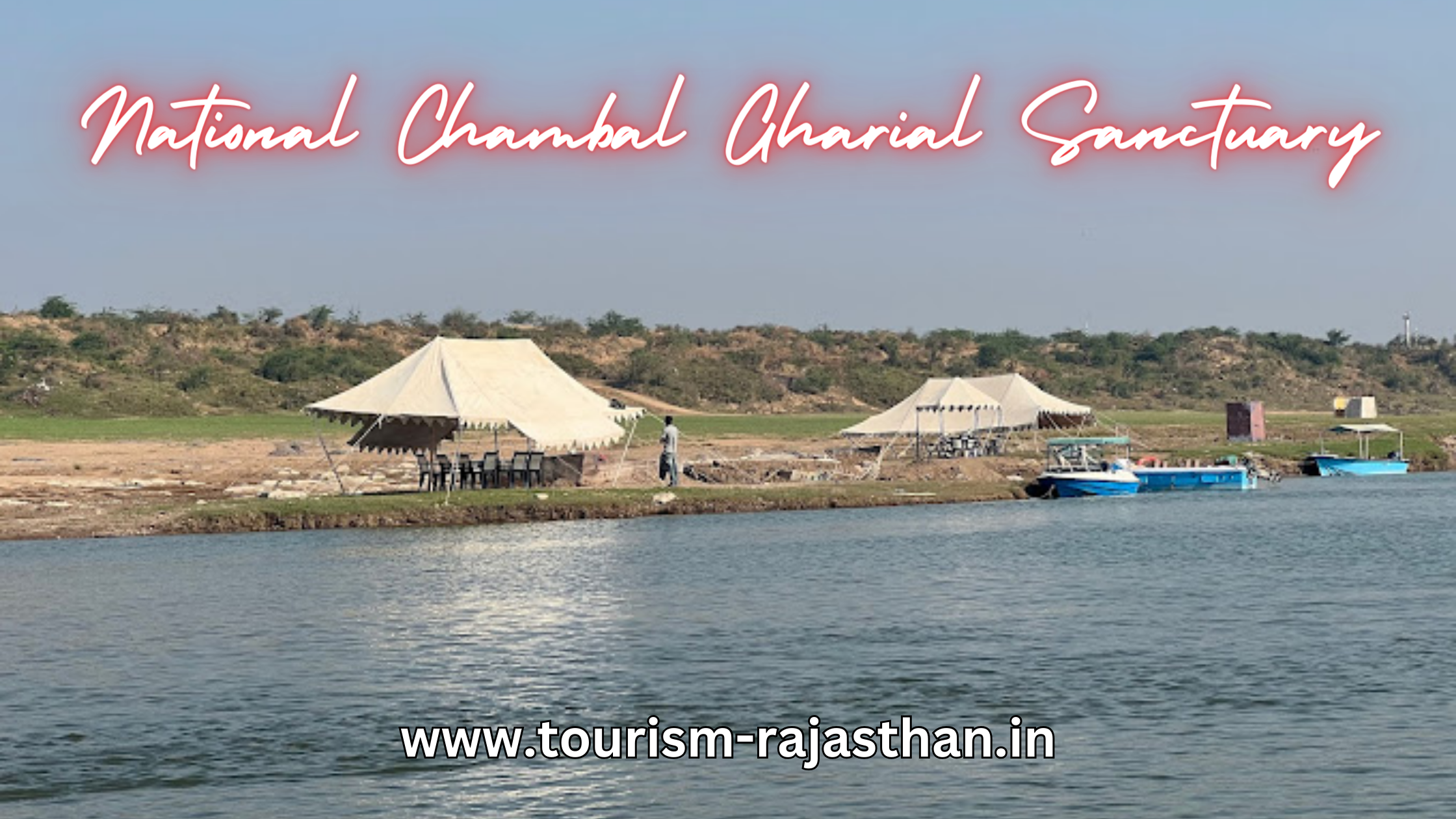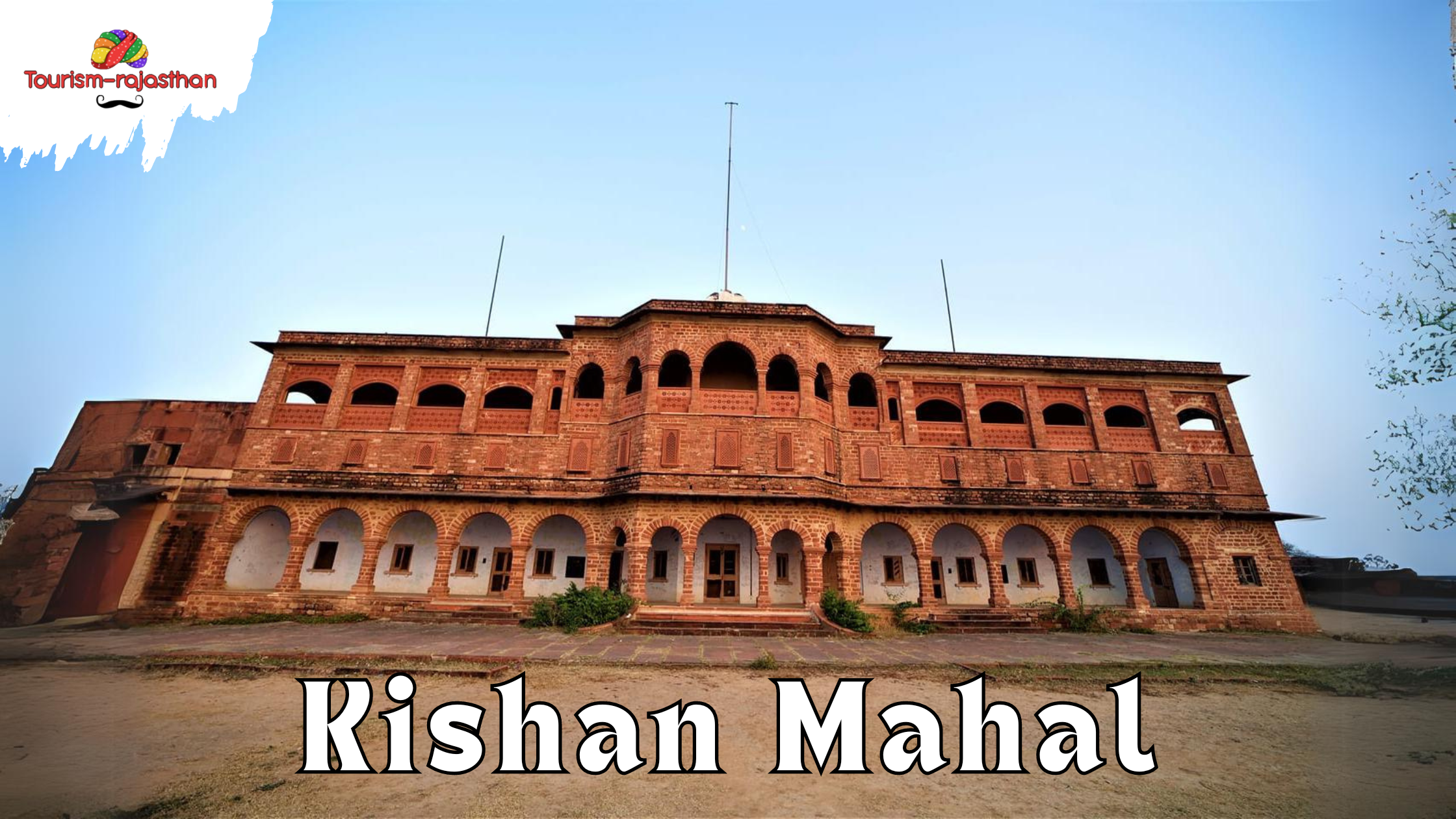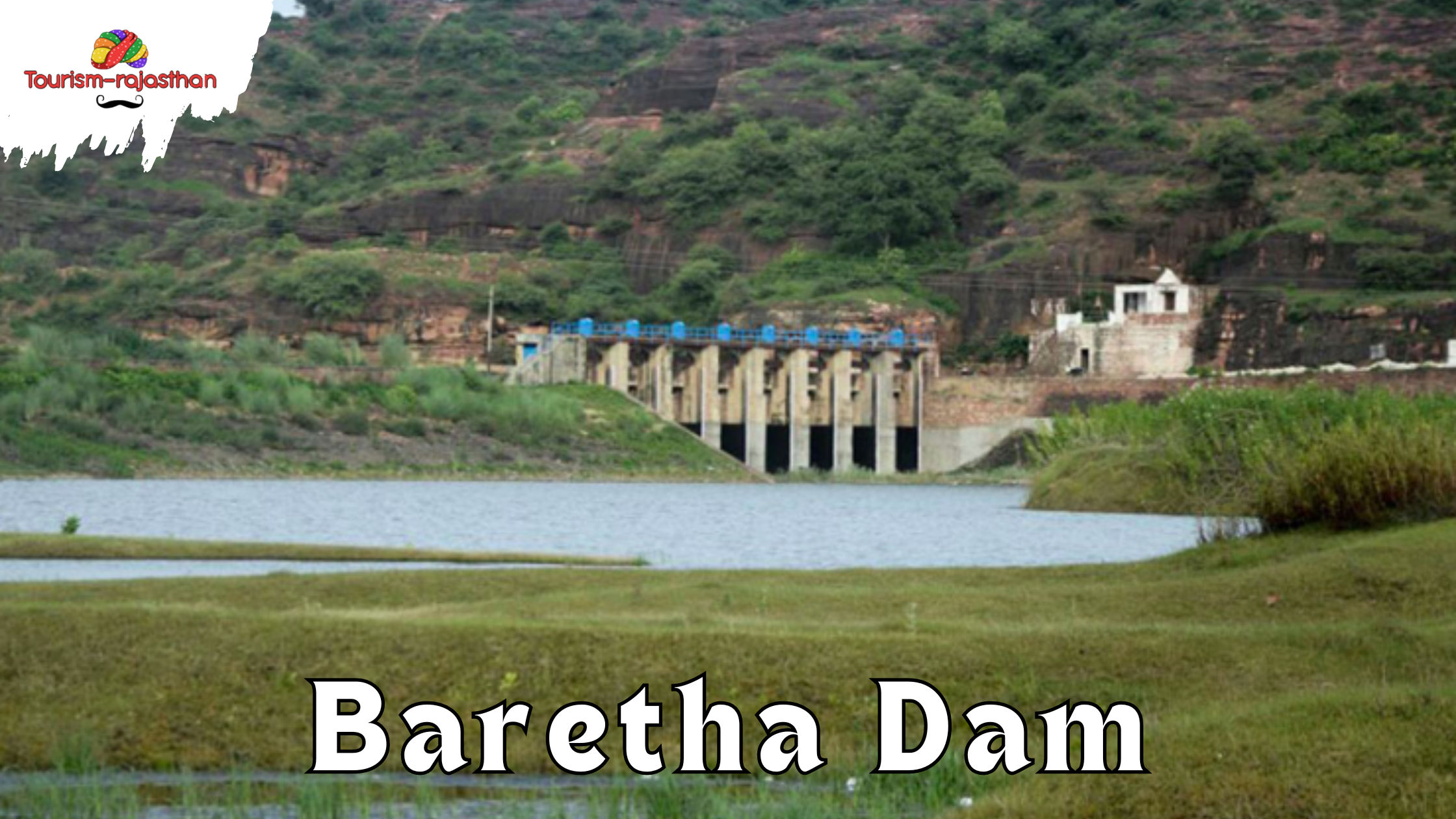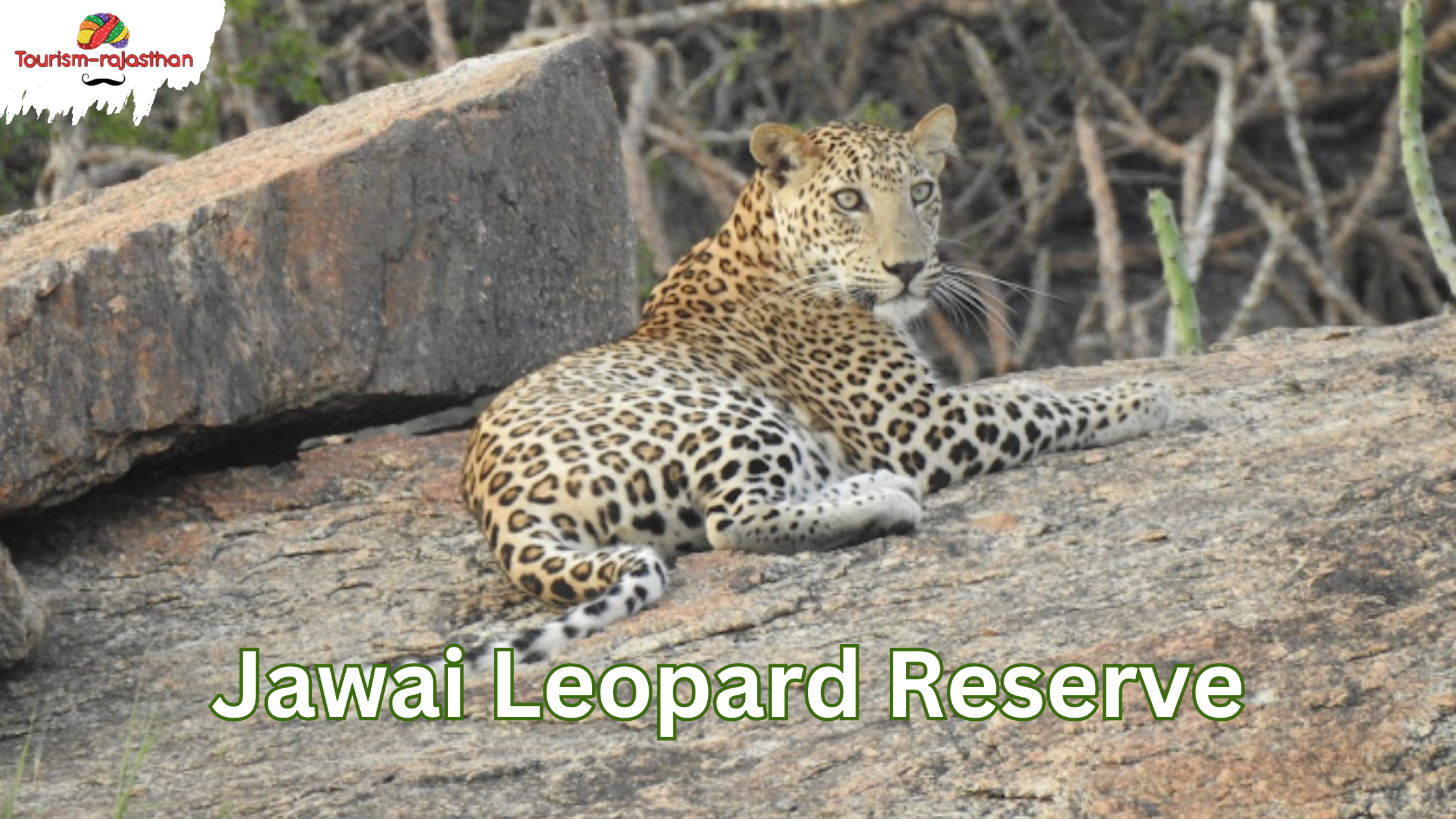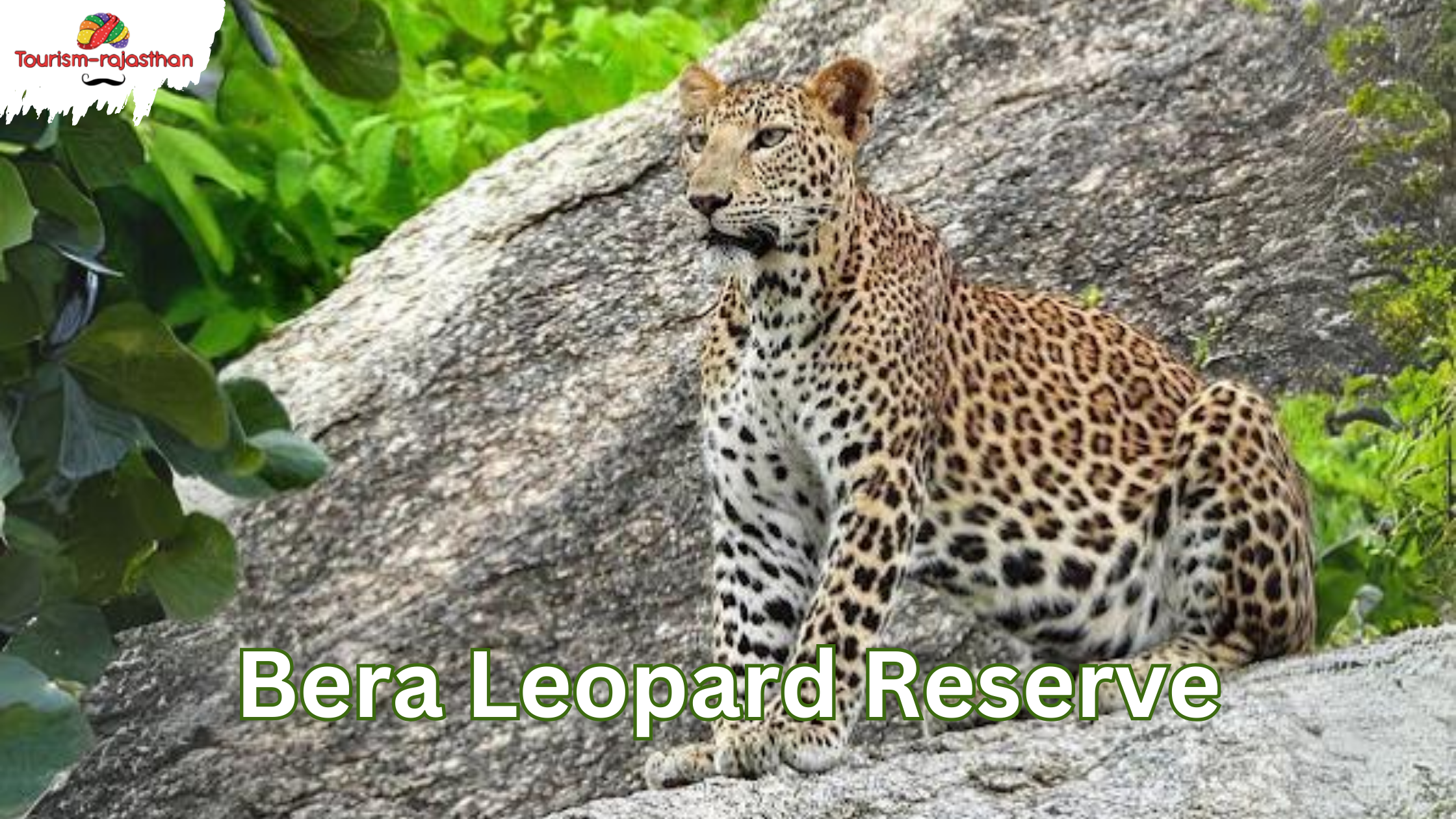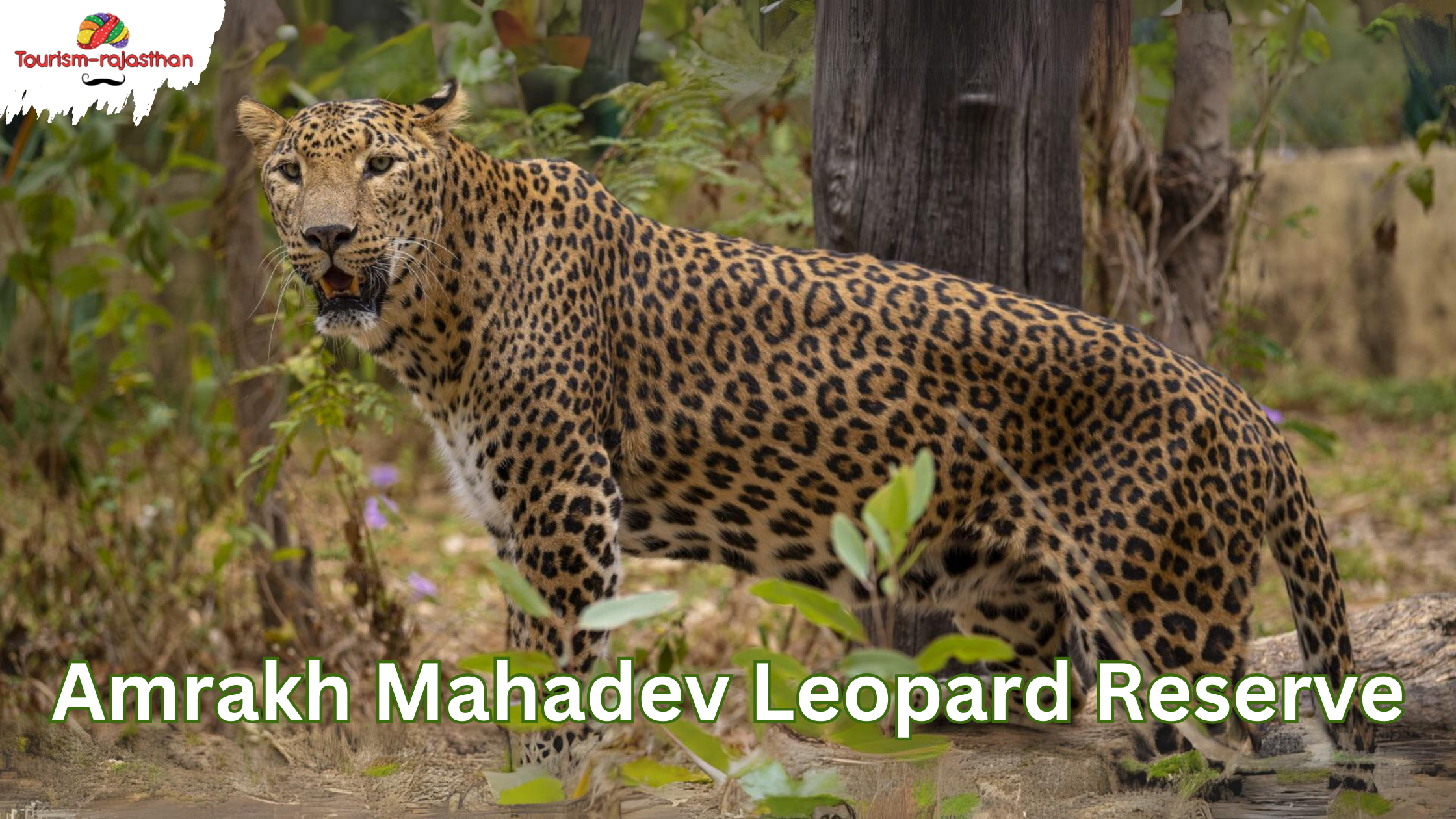Rajasthan, known for its rich history and majestic palaces, is also a paradise for adventure enthusiasts. From soaring above ancient forts in a hot air balloon to navigating the desert on a camel, Rajasthan offers a plethora of activities that promise an unforgettable experience. Let’s delve into the various adventures that await in this vibrant state.
Hot Air Balloon Rides


Exploring Rajasthan from the skies is an experience like no other. Hot air balloon rides offer breathtaking views of the landscape, especially during the vibrant Pushkar festival. Soar above Jaipur, the Pink City, and marvel at its magnificent forts, palaces, and stunning architecture. These rides are subject to prior booking and are available in Jaipur, Pushkar, and Rajsamand.
Cycling


Cycling is a fun and cost-effective way to explore Rajasthan’s rich landscape. Whether you opt for a sturdy bike or an inexpensive geared bicycle, you can easily navigate the villages near Udaipur, Kumbhalgarh, and Ranakpur, or ride through the lush hills of Mount Abu. Udaipur and Keoladeo National Park are prime locations for cycling adventures.
Paragliding
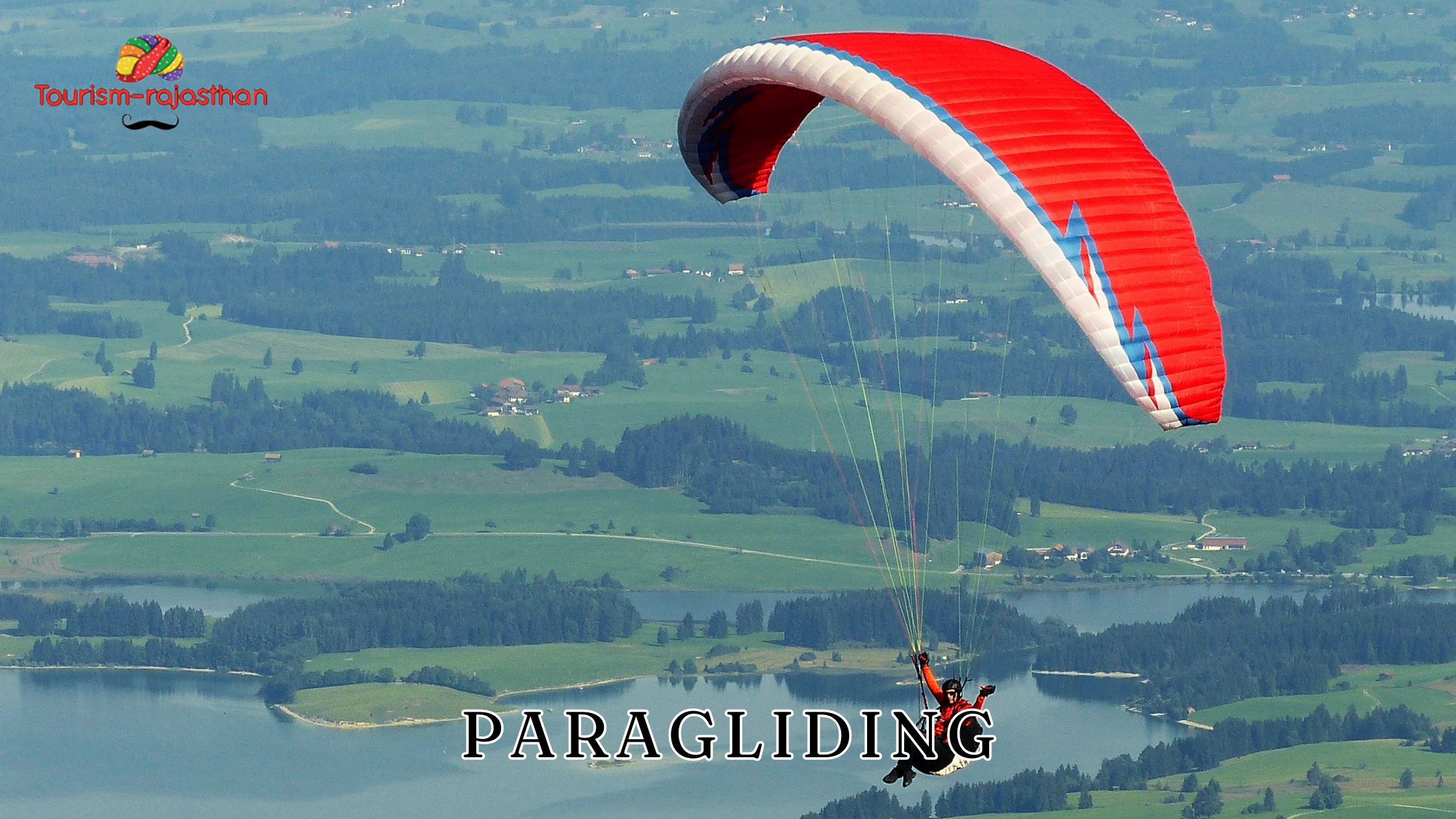

Paragliding is a thrilling sport that’s gradually gaining popularity in Rajasthan. Soar above the crimson-sand countryside of Udaipur and create unforgettable memories. This activity is currently offered by operators equipped with the necessary gear.
Camping


Camping under the starry skies of Rajasthan is an extraordinary experience. Established campsites offer a blend of adventure and comfort, with personalized tents featuring bedrooms, leisure areas, and attached baths. Popular camping spots include Bandh Baretha Village, Damodra Village, The Serai in Jaisalmer, and contemporary campsites in Sam sand dunes. The best time for camping is between October and March.
Water Sports


Despite being a desert state, Rajasthan offers water sports in its numerous lakes. Enjoy boating and other water activities in places like Udaipur, Alwar, and Rajsamand.
Desert Safari
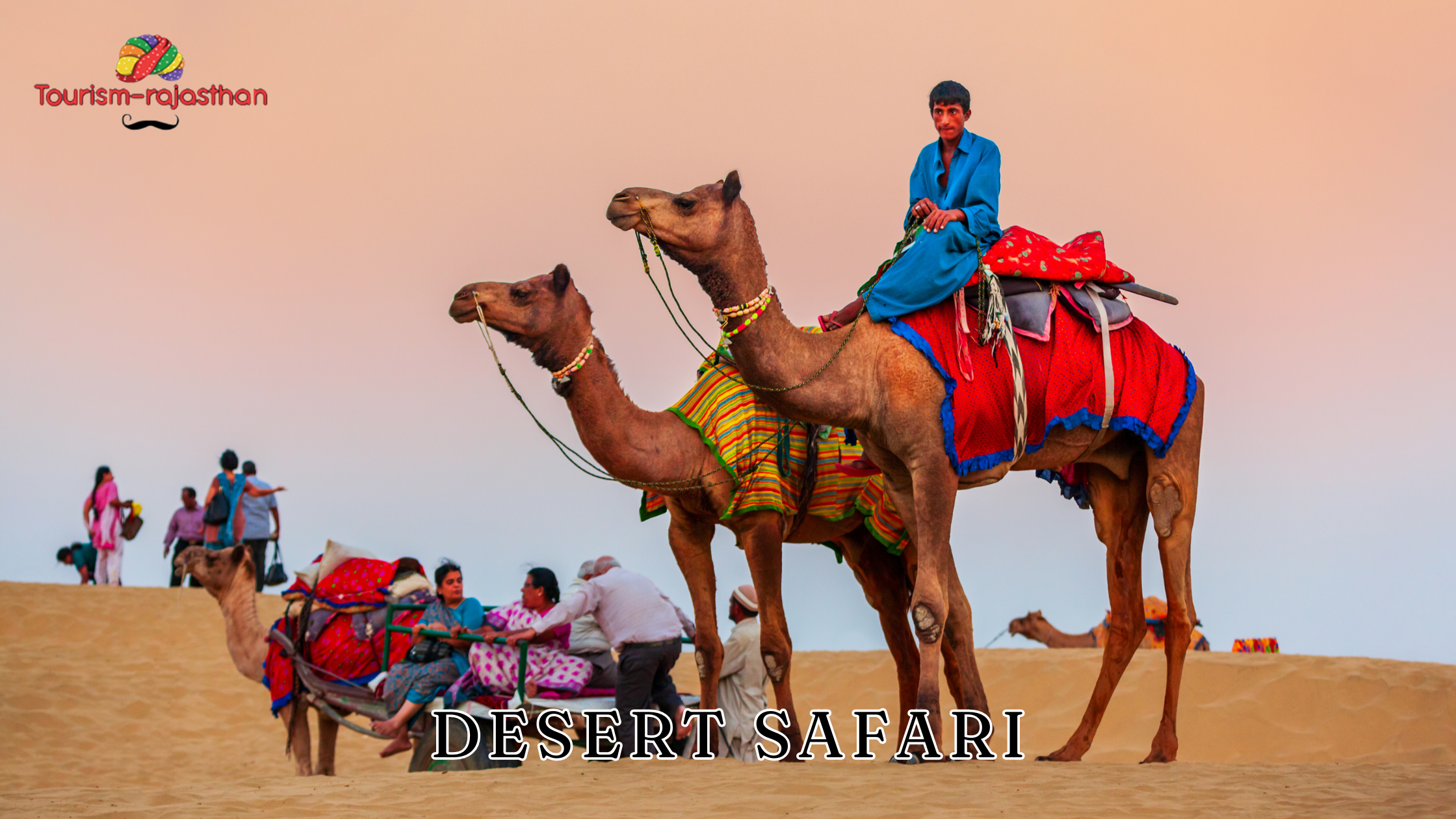

A desert safari offers a unique glimpse into the life of Rajasthan’s villages. The Thar Desert’s camel safaris, popular since 1998, provide a vibrant and memorable experience. Traverse sand dunes, visit ancient havelis and temples, and savor authentic cuisine with traditional music. Key locations for desert safaris include Bikaner, Jaisalmer, Pushkar, Jodhpur, and Barmer.
Jungle Safari
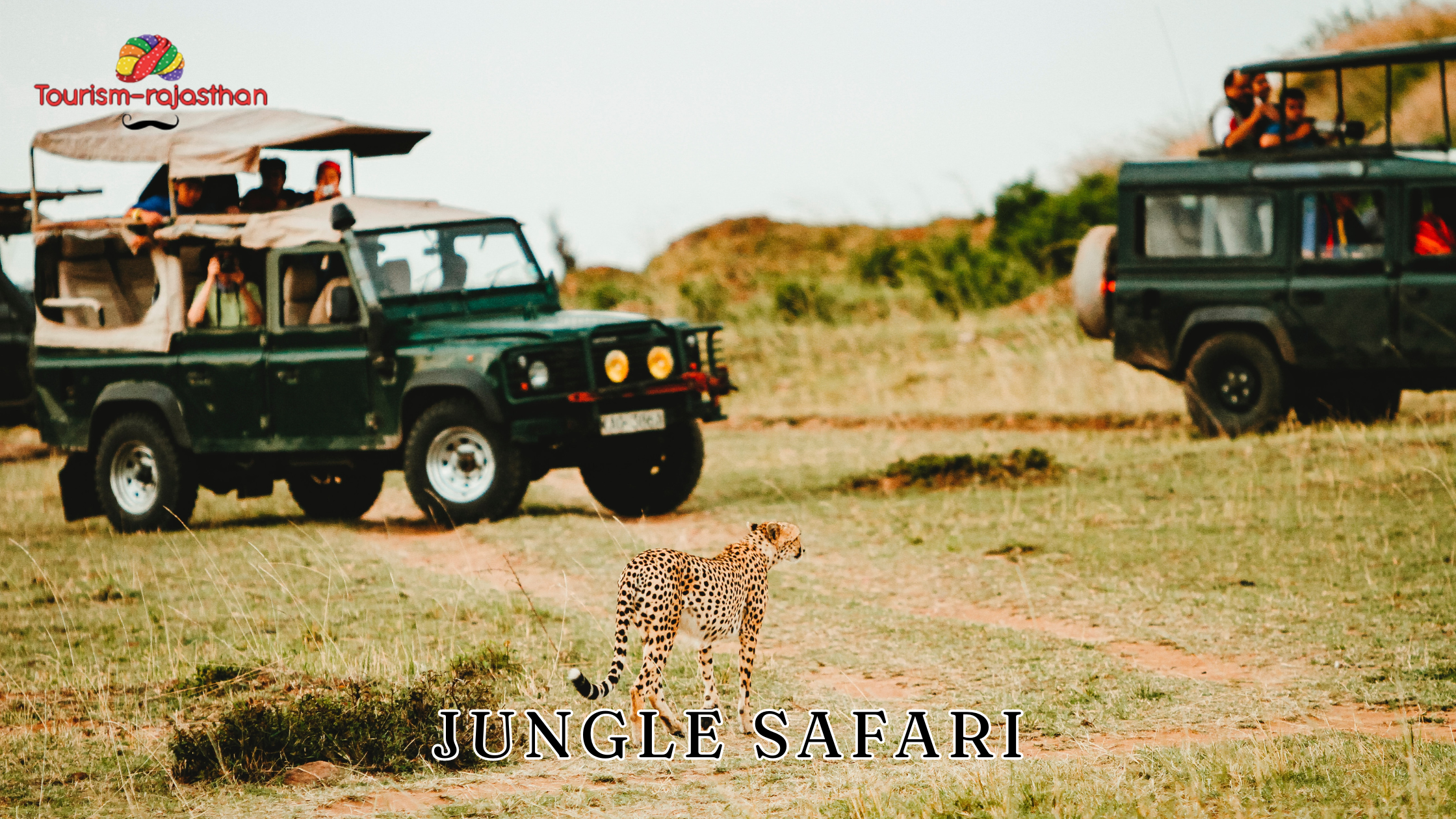

Rajasthan offers much more than this vivid cultural tapestry. Delve into the wildlife of Rajasthan, where animals roam freely in numerous Wildlife Sanctuaries and National Parks. The immense beauty of spotting wild animals in their natural habitat is best experienced through jungle safaris, and Rajasthan is an exceptionally fascinating place to embark on such adventures. If you are planning a wildlife holiday this year, consider exploring these top destinations for wildlife expeditions: Ranthambore National Park, Sariska Tiger Reserve, Mukundara Tiger Reserve, Desert National Sanctuary, Keoladeo Ghana Bird Sanctuary, Bandh Baretha Wildlife Sanctuary, Kumbhalgarh Wildlife Sanctuary, Mount Abu Wildlife Sanctuary, Sitamata Wildlife Sanctuary, and National Chambal Wildlife Sanctuary. Each location offers unique and captivating experiences to satisfy your adventurous spirit.
Zip Line
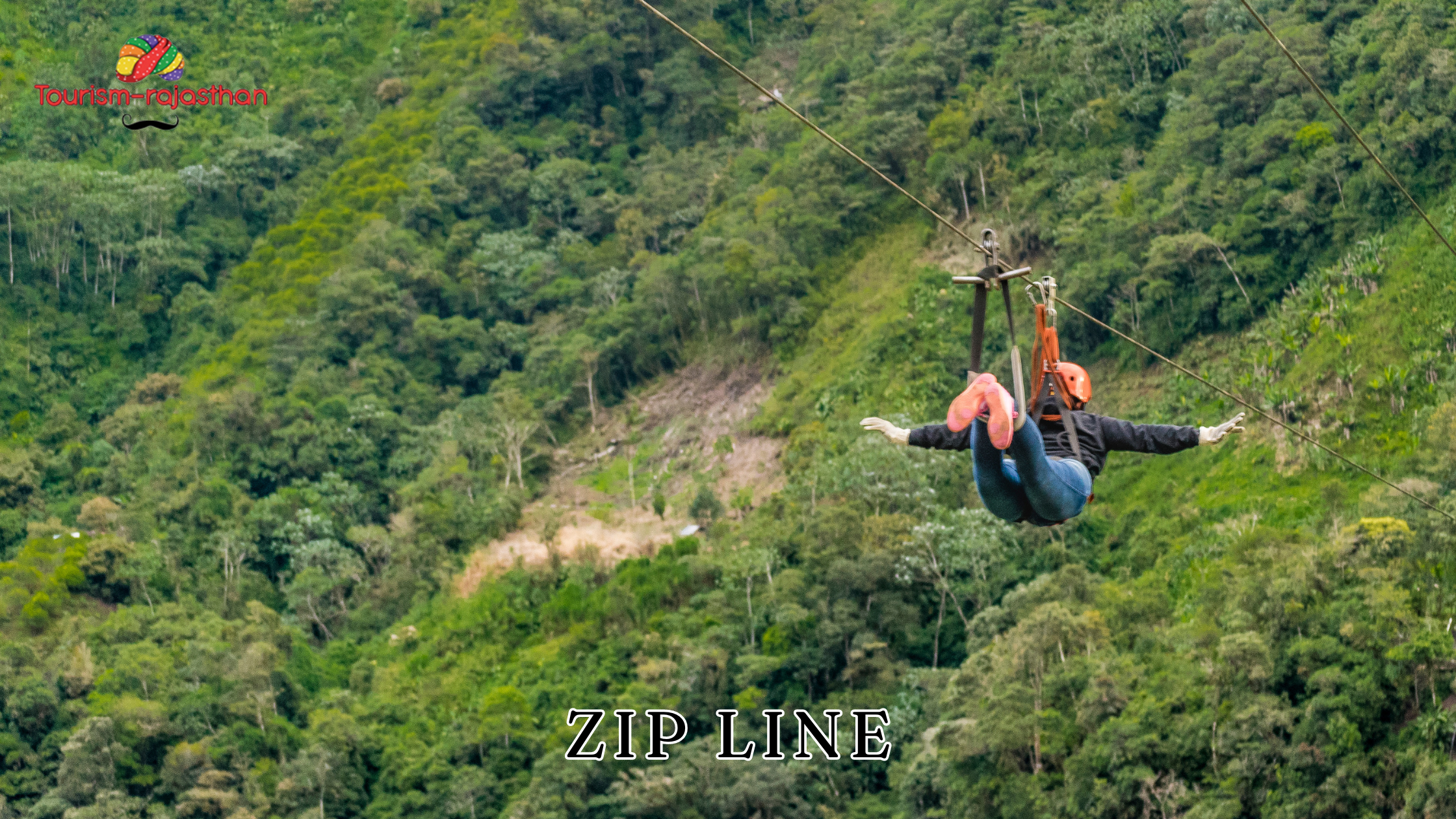

Experience new perspectives as you glide over the Pink City, Jaipur, or fly high over the battlements of Jodhpur’s regal fortress. Zip lining offers a thrilling view of the Cheerwa valley of Flowers in Udaipur, Kumbhalgarh in Rajsamand, and Kagdi Pick-up in Banswara.
Helicopter Joy-Rides
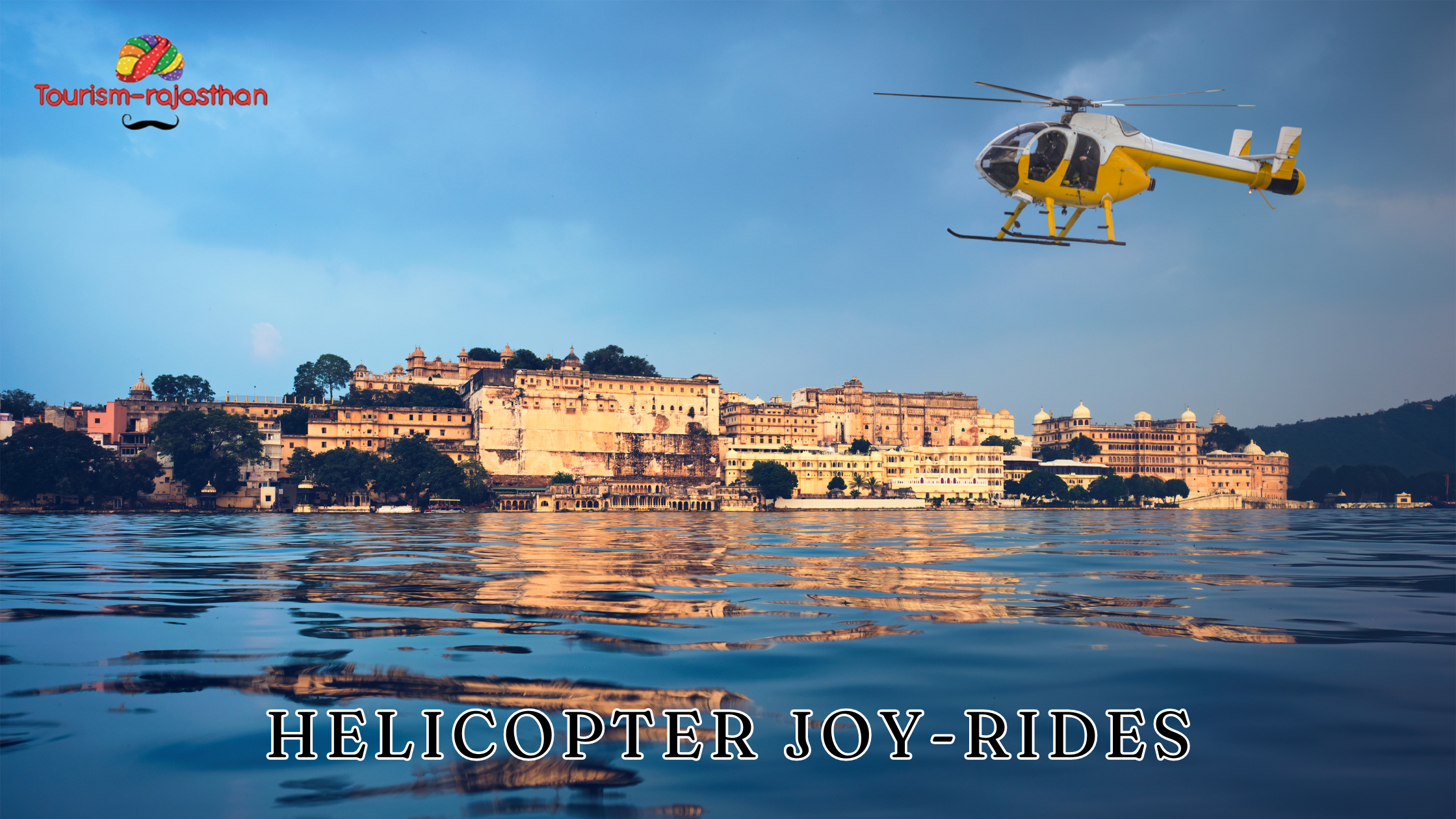

For a unique aerial adventure, book a helicopter joy ride. Enjoy panoramic views of the Kumbhalgarh Fort, the spiritual town of Nathwara, and the majestic lakes of Udaipur. These rides are available in Udaipur, Jaisalmer, and Jaipur.
Rajasthan is not just about history and culture; it’s also an adventure lover’s dream. From hot air balloon rides and paragliding to desert safaris and camping, there’s something for everyone. So pack your bags, embrace the spirit of adventure, and explore the diverse and thrilling experiences that Rajasthan has to offer!



